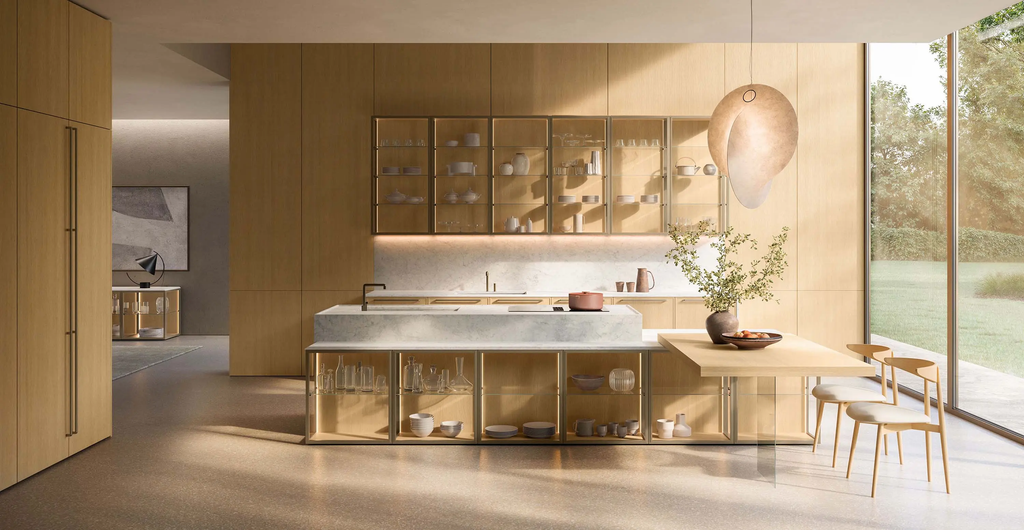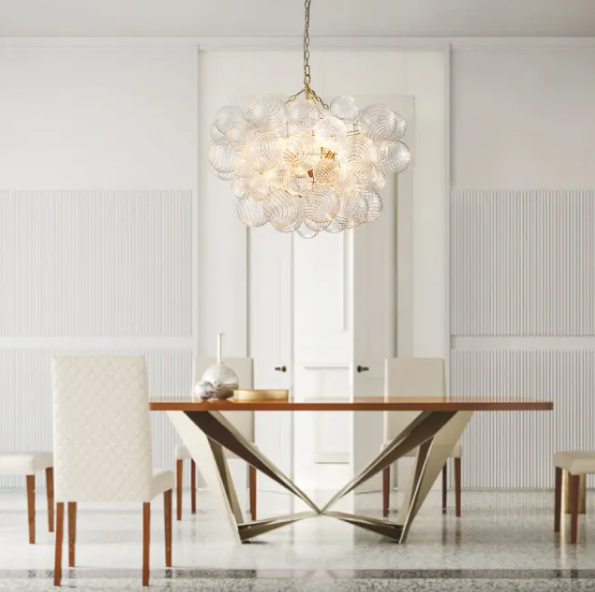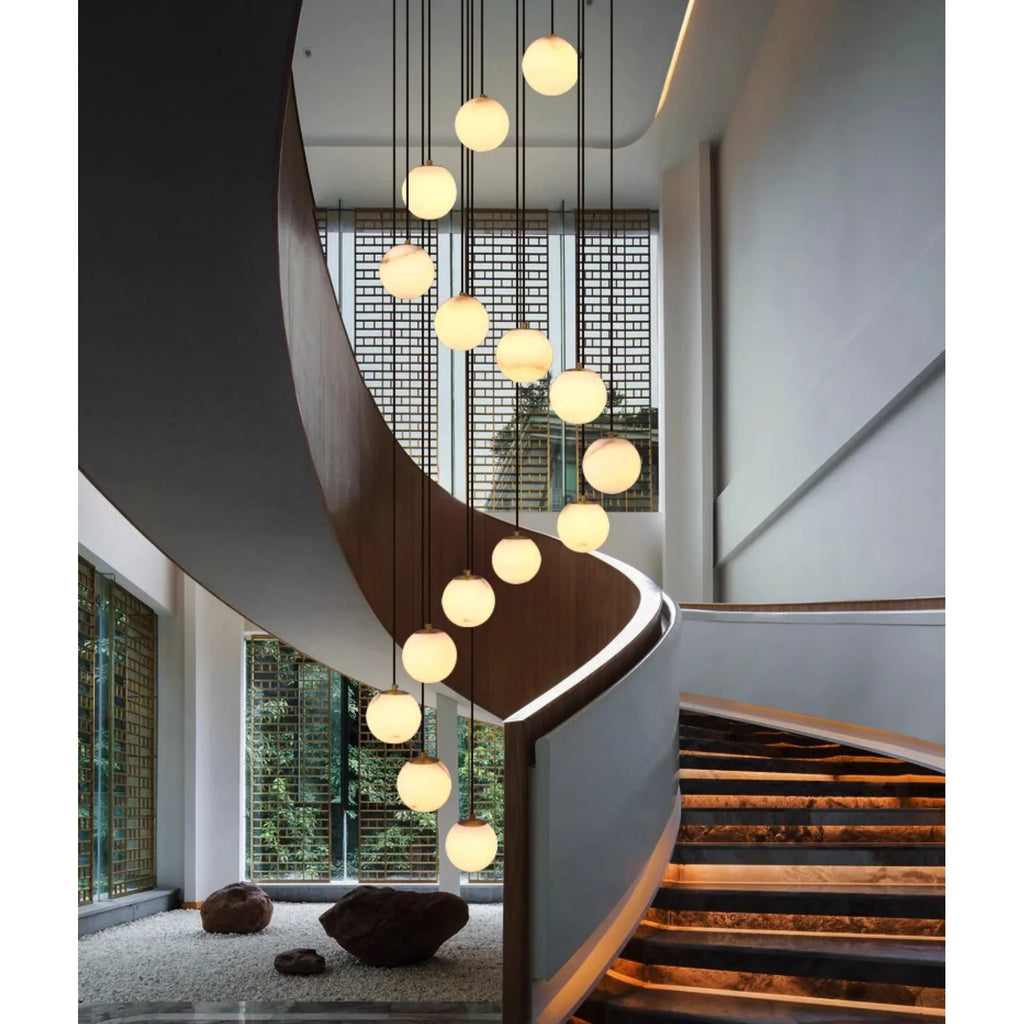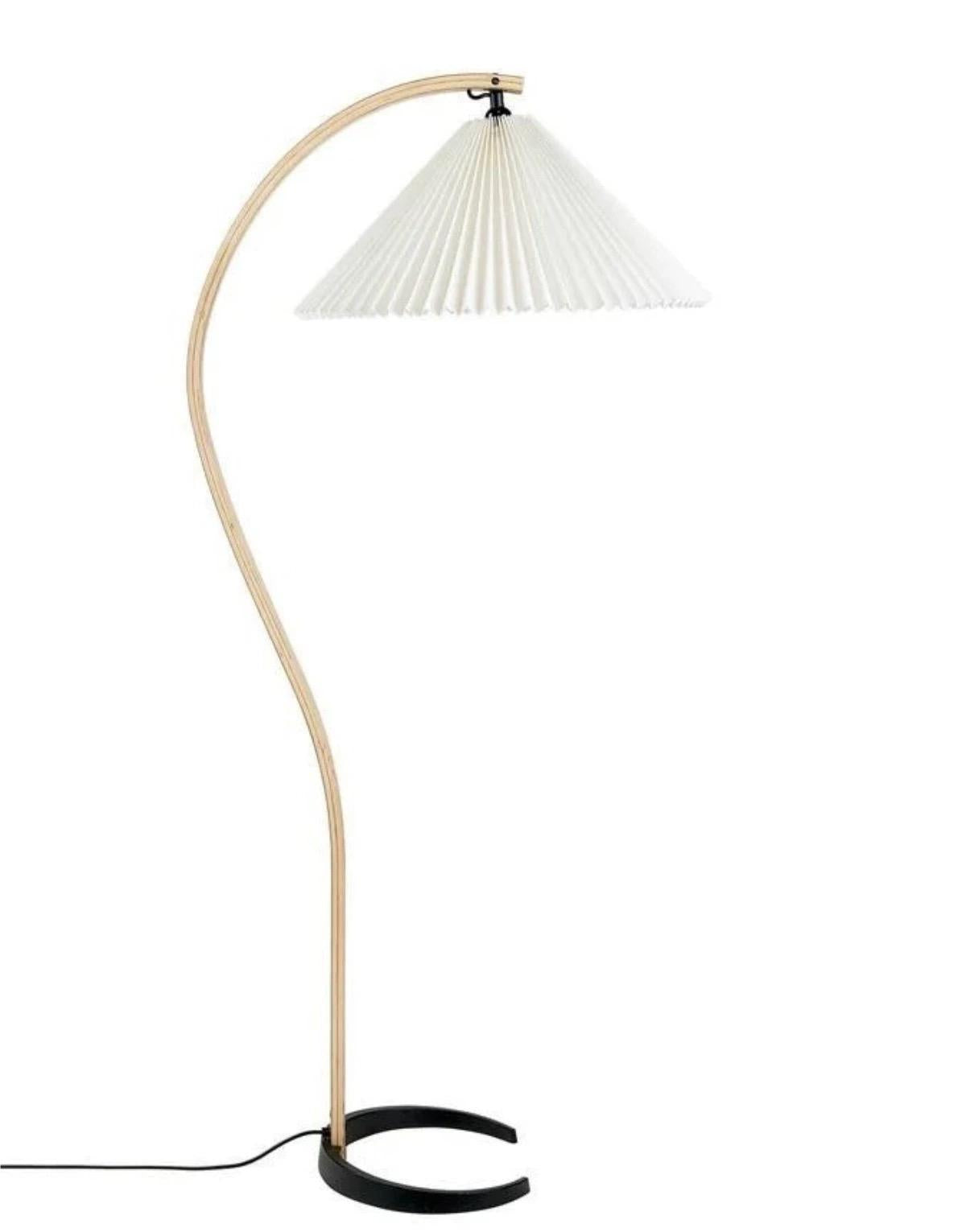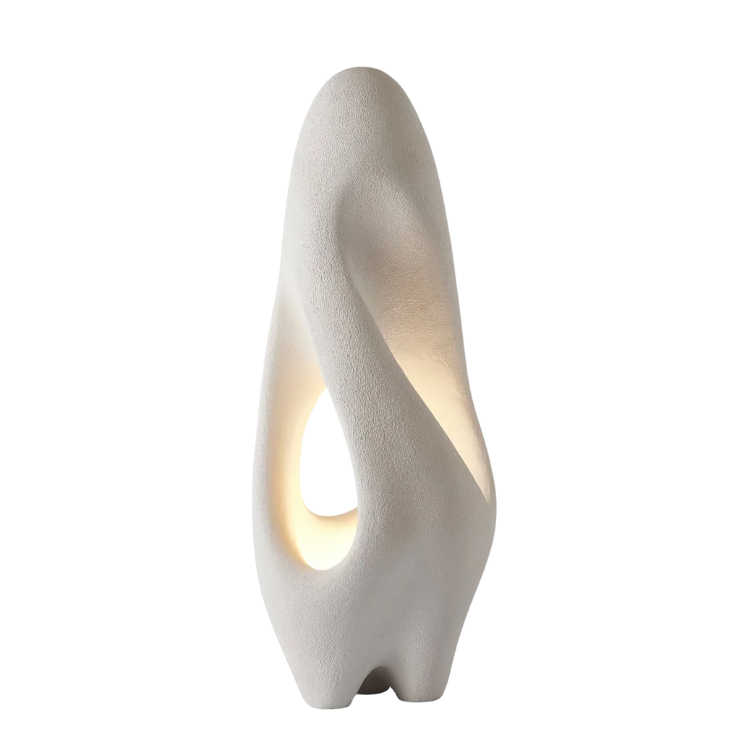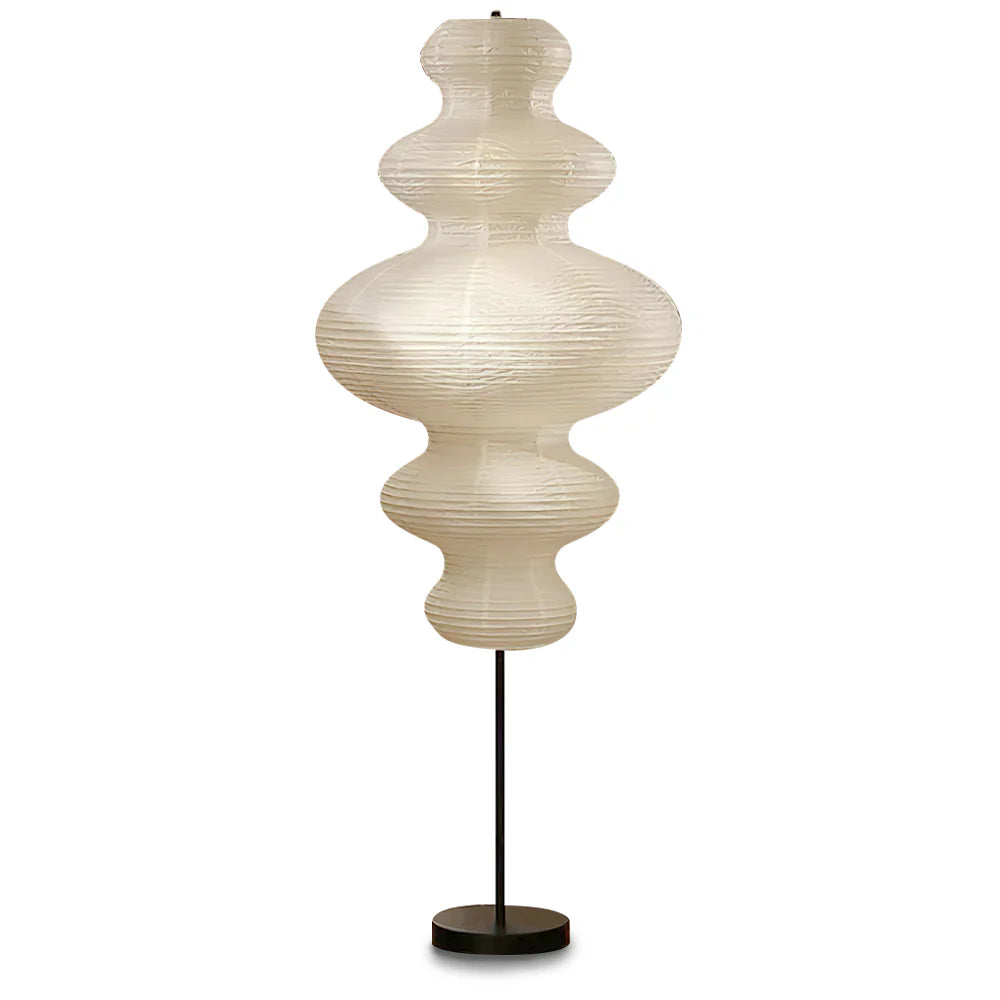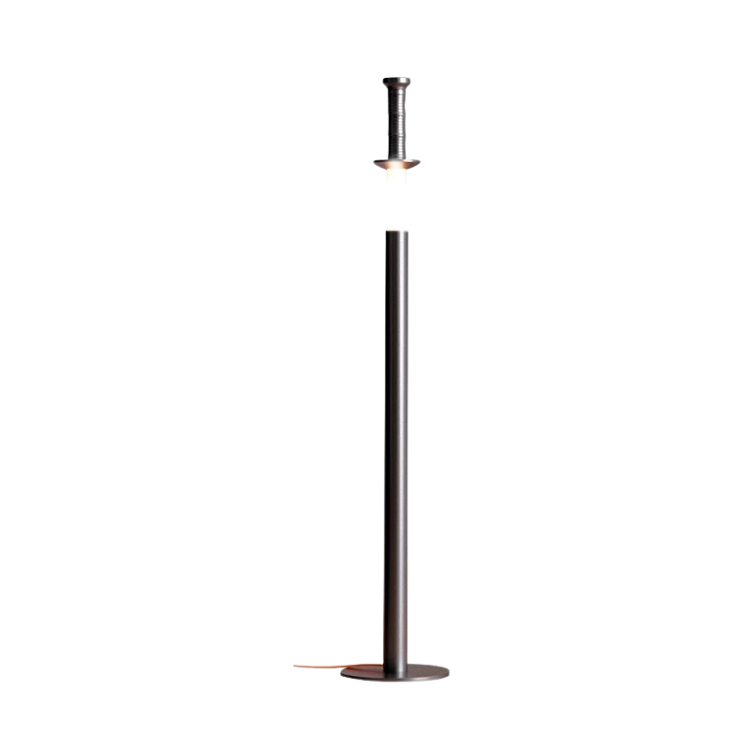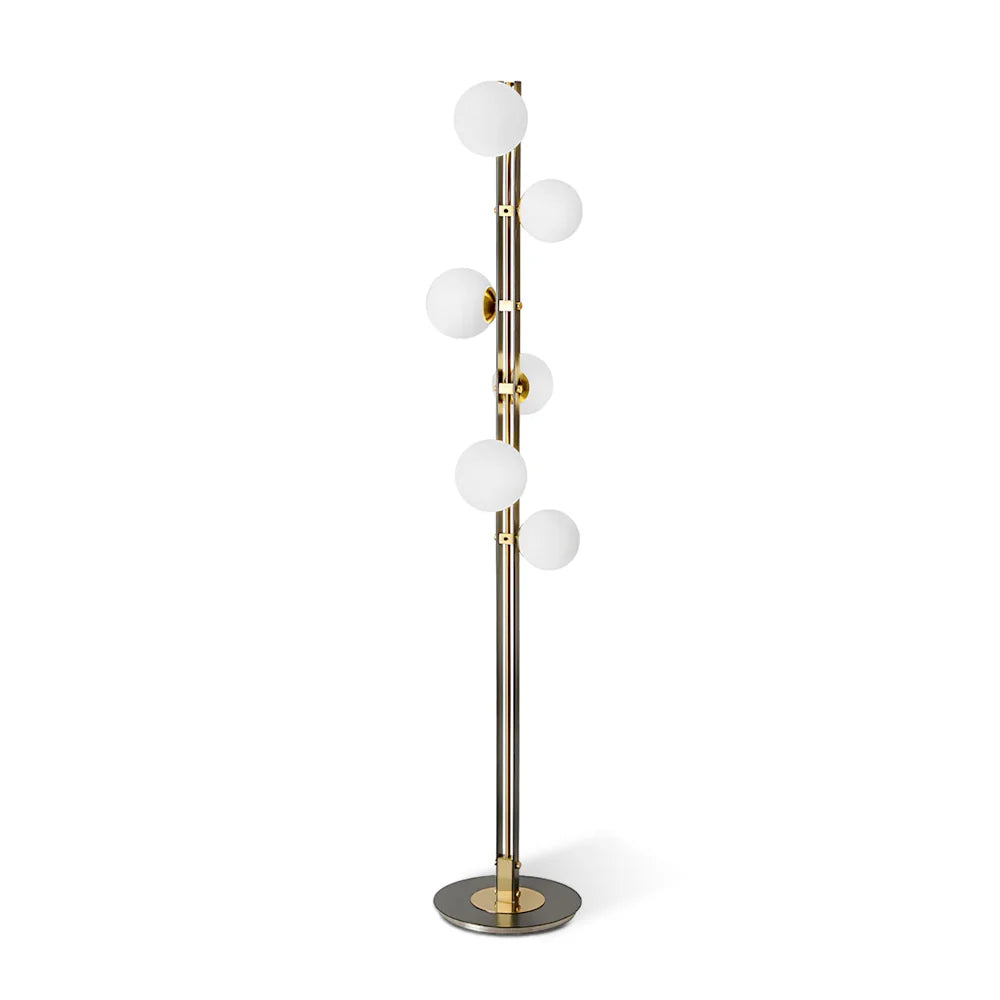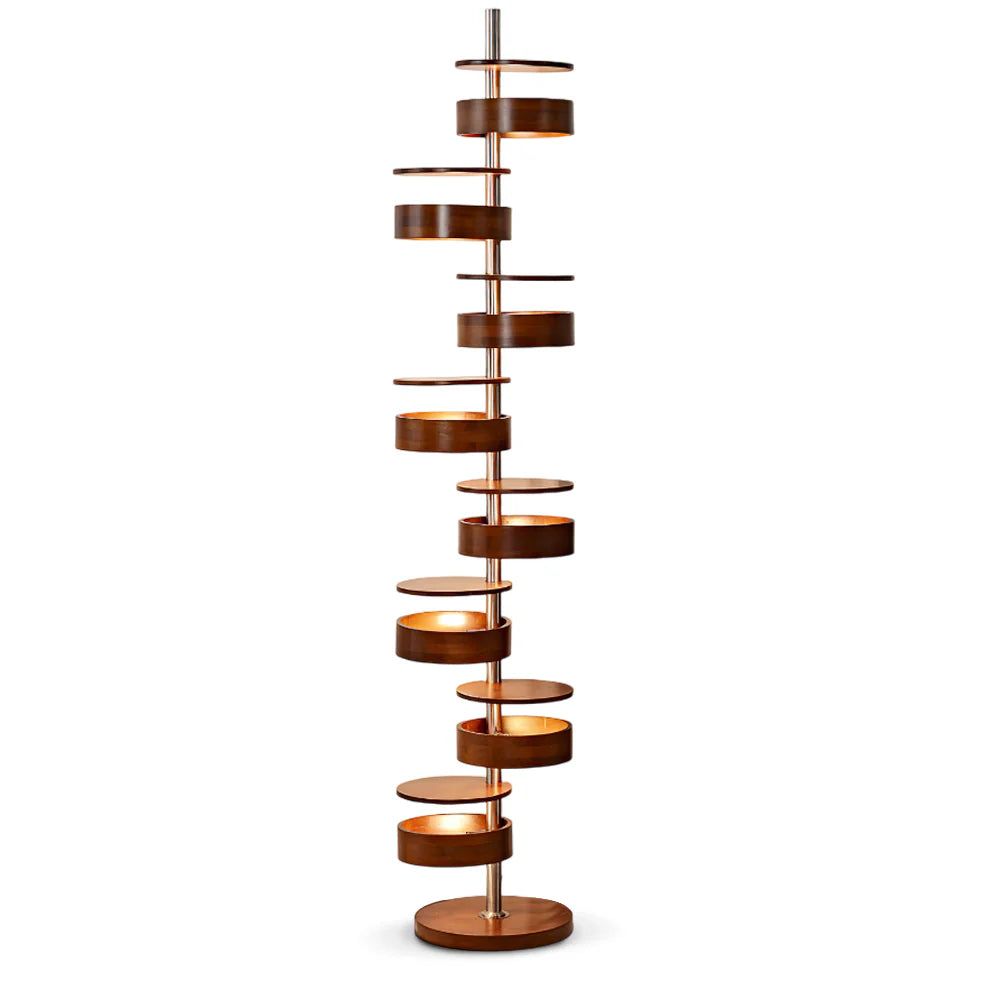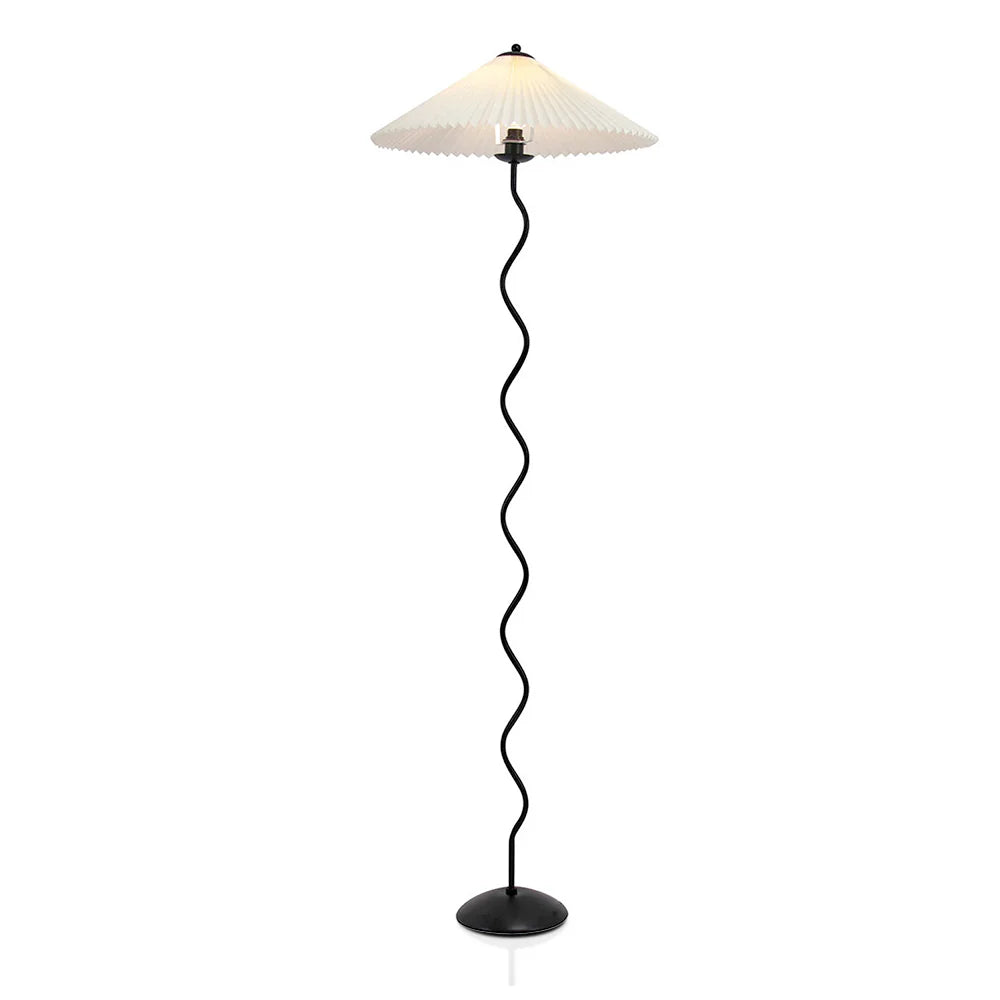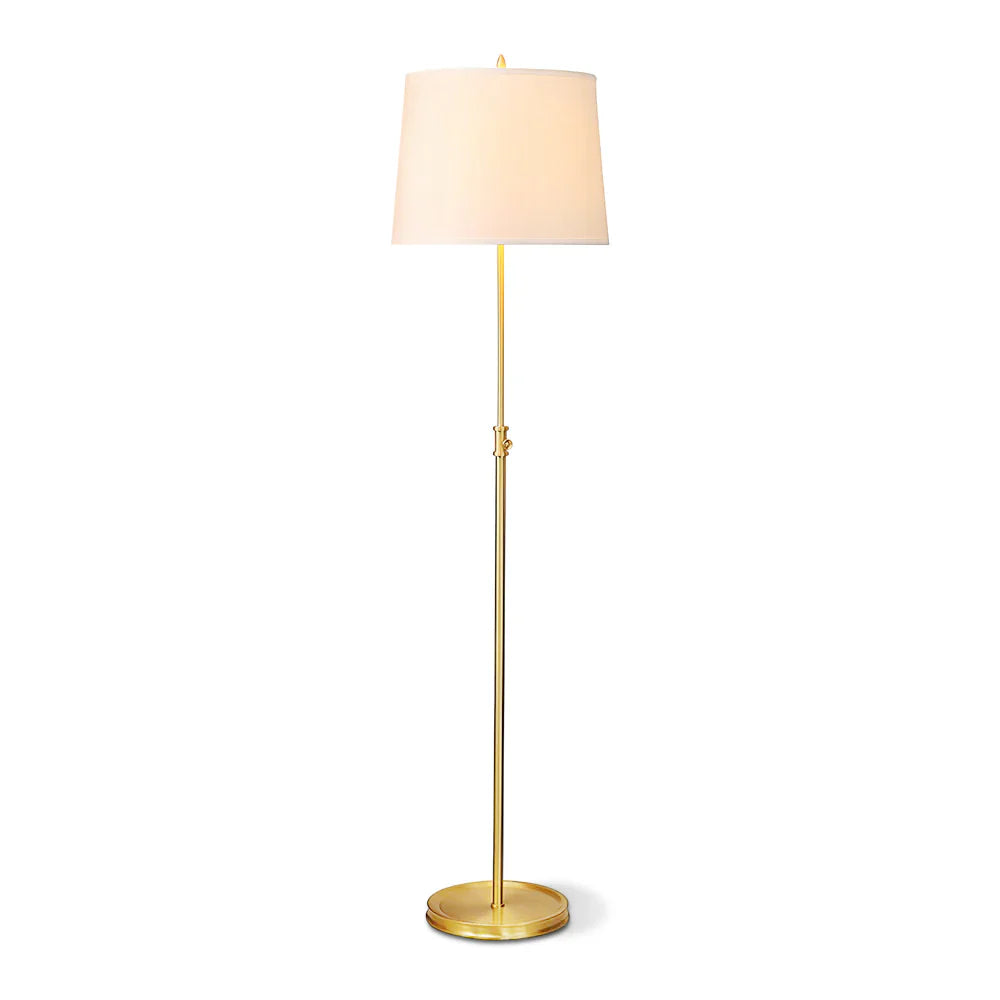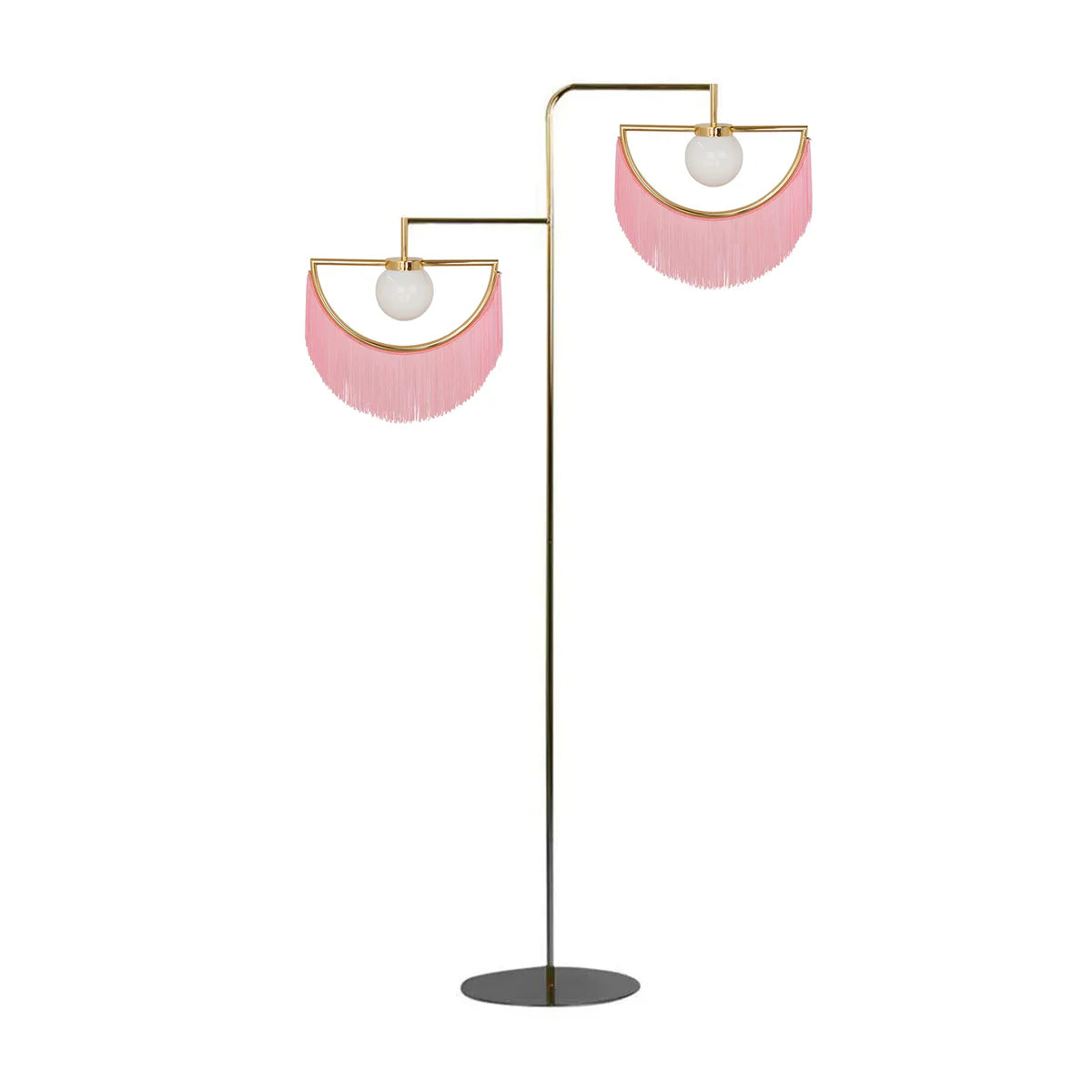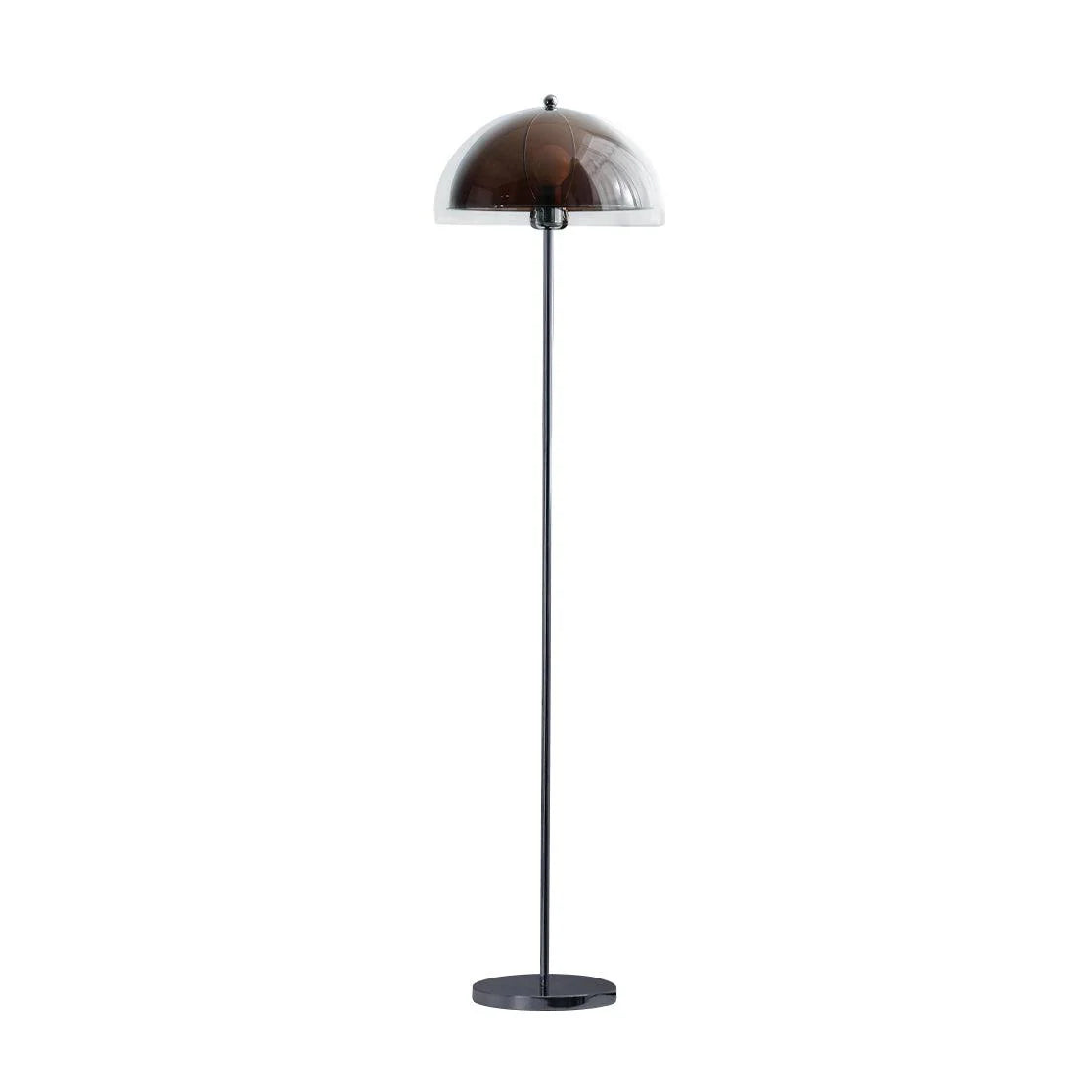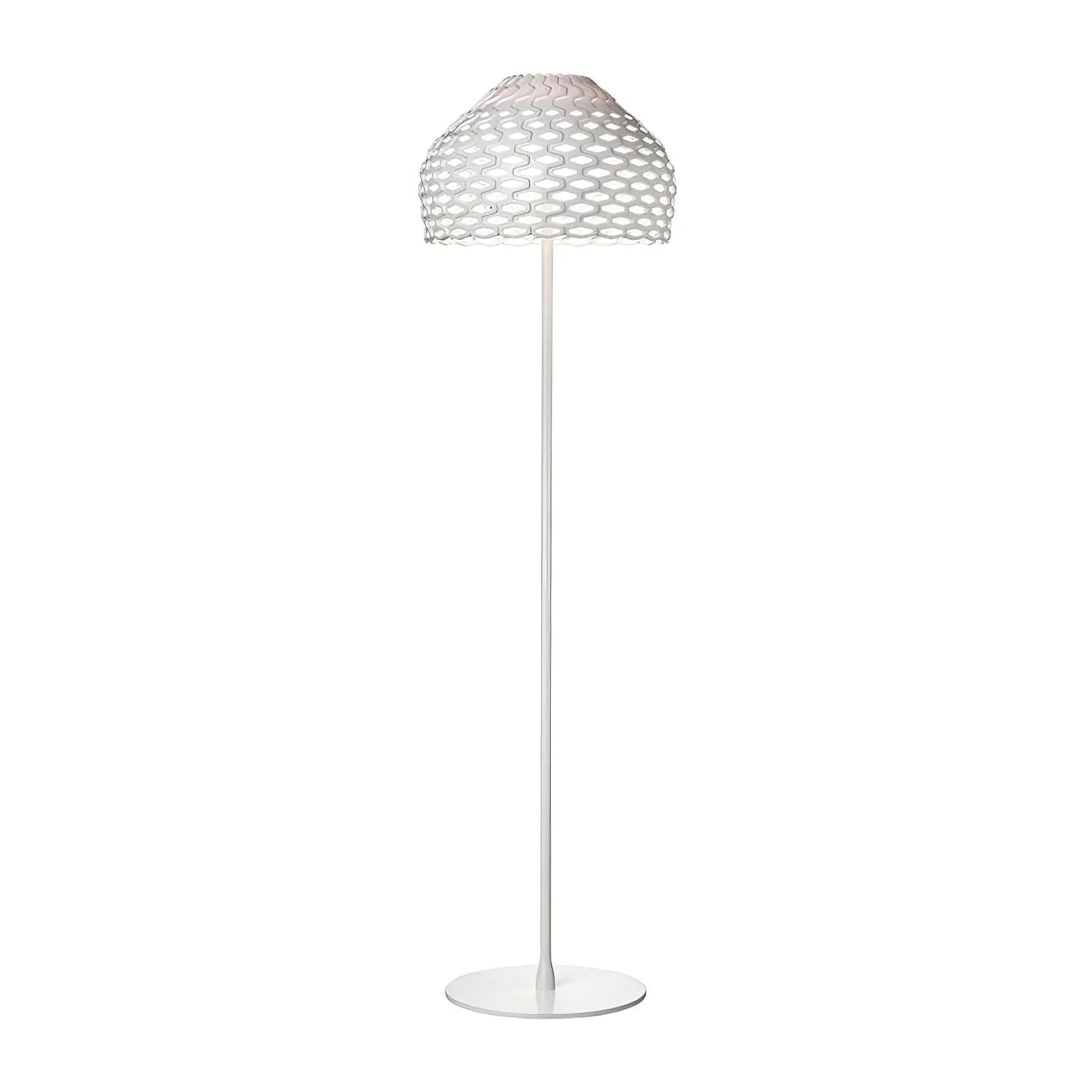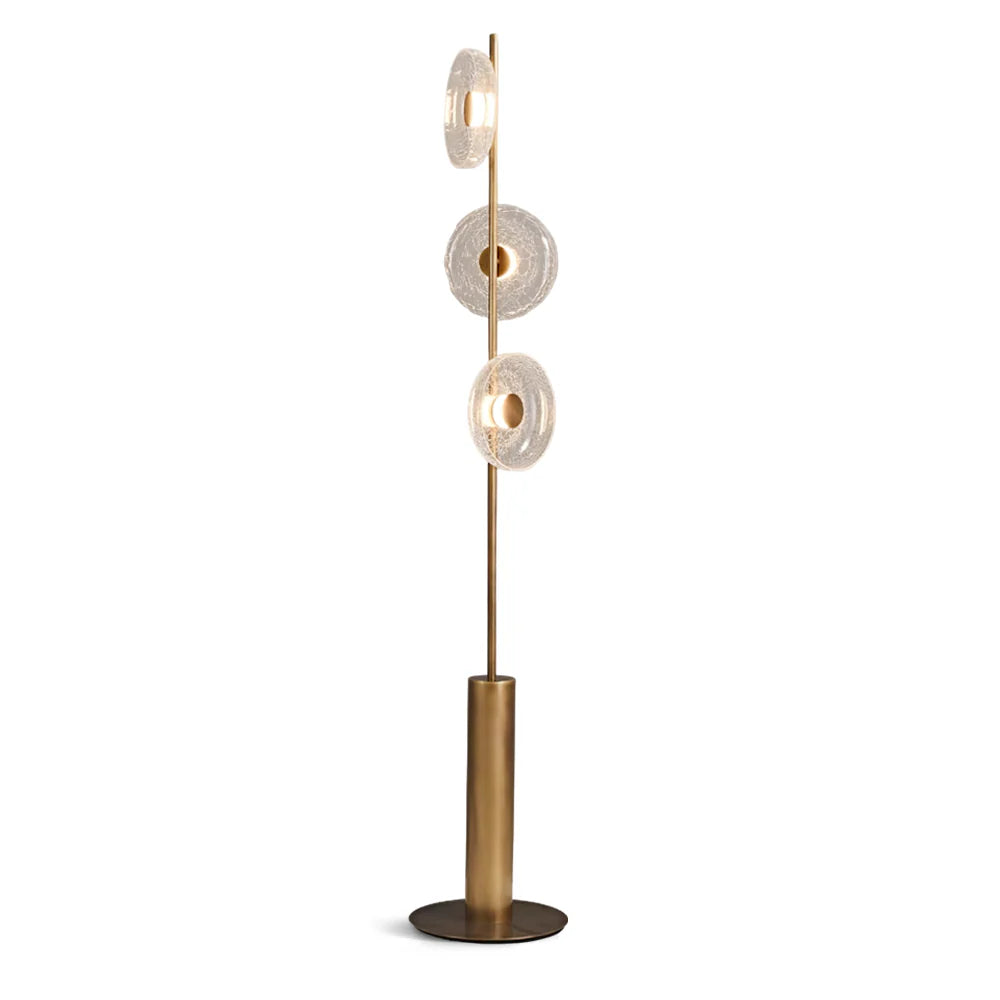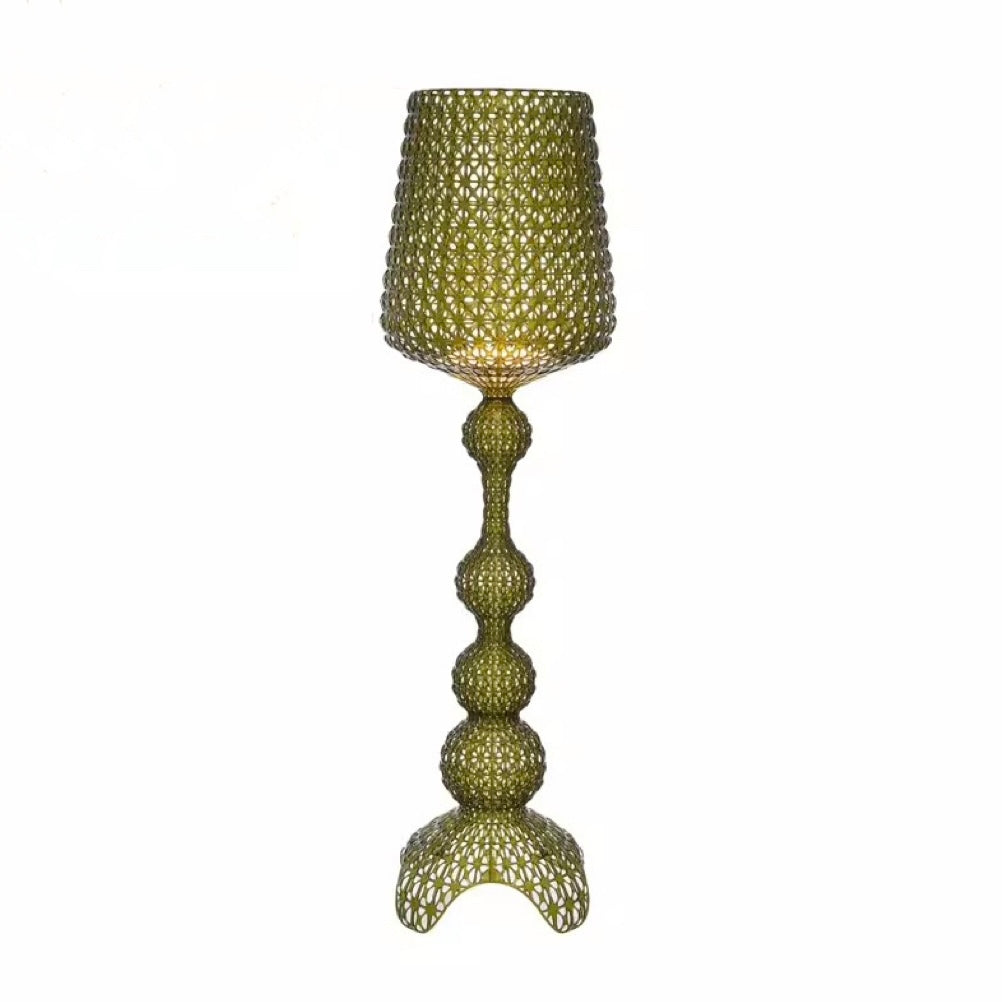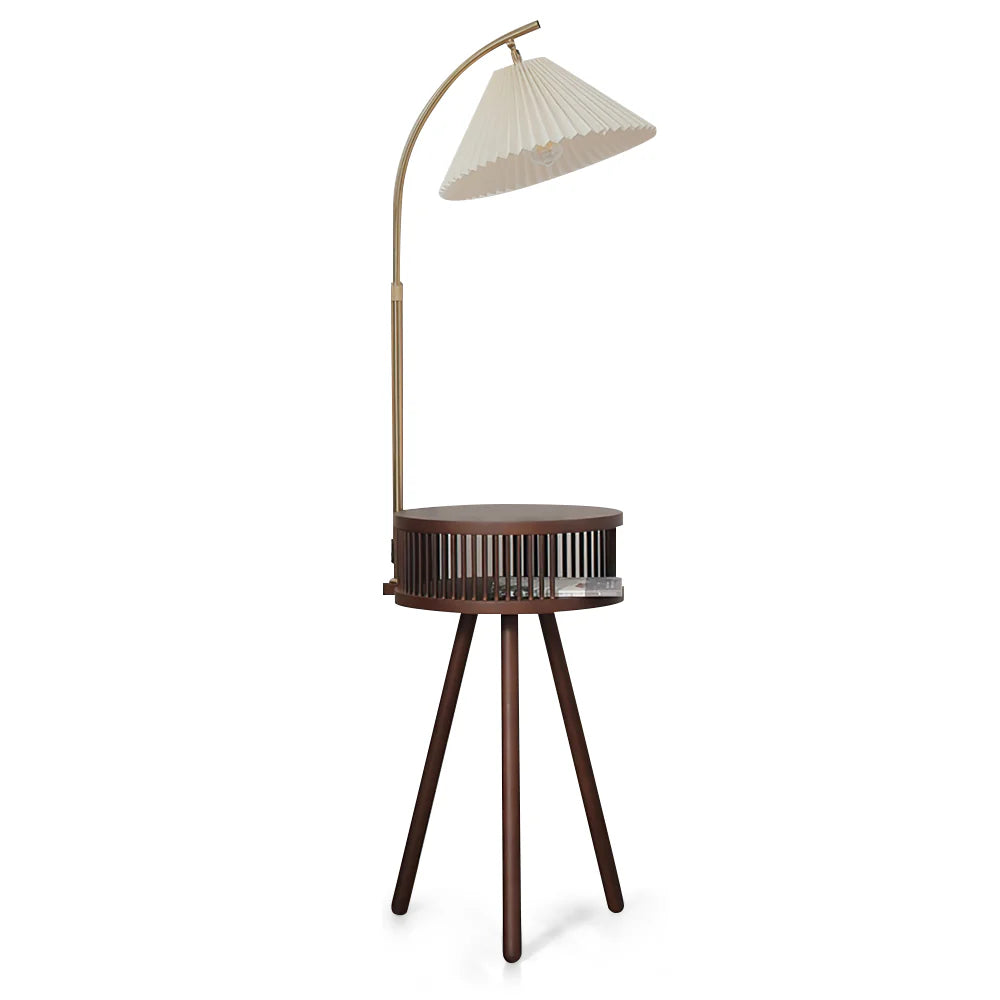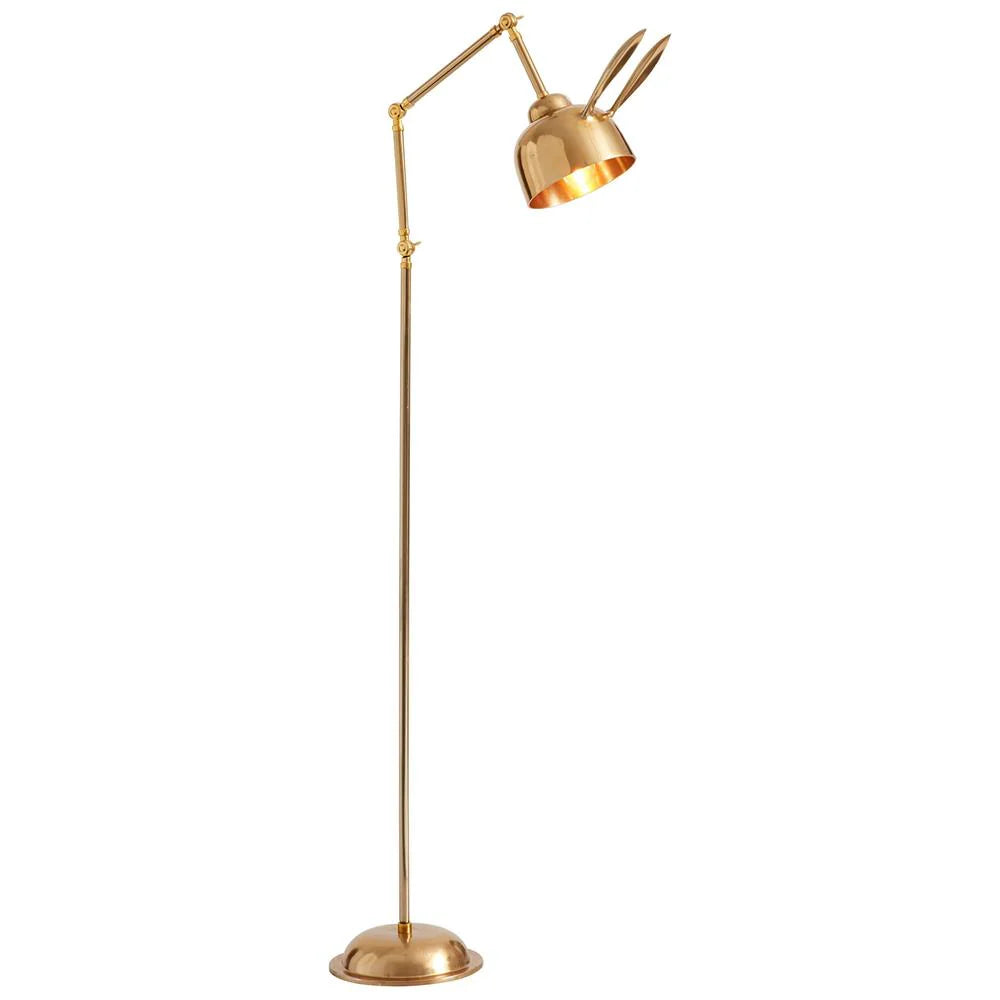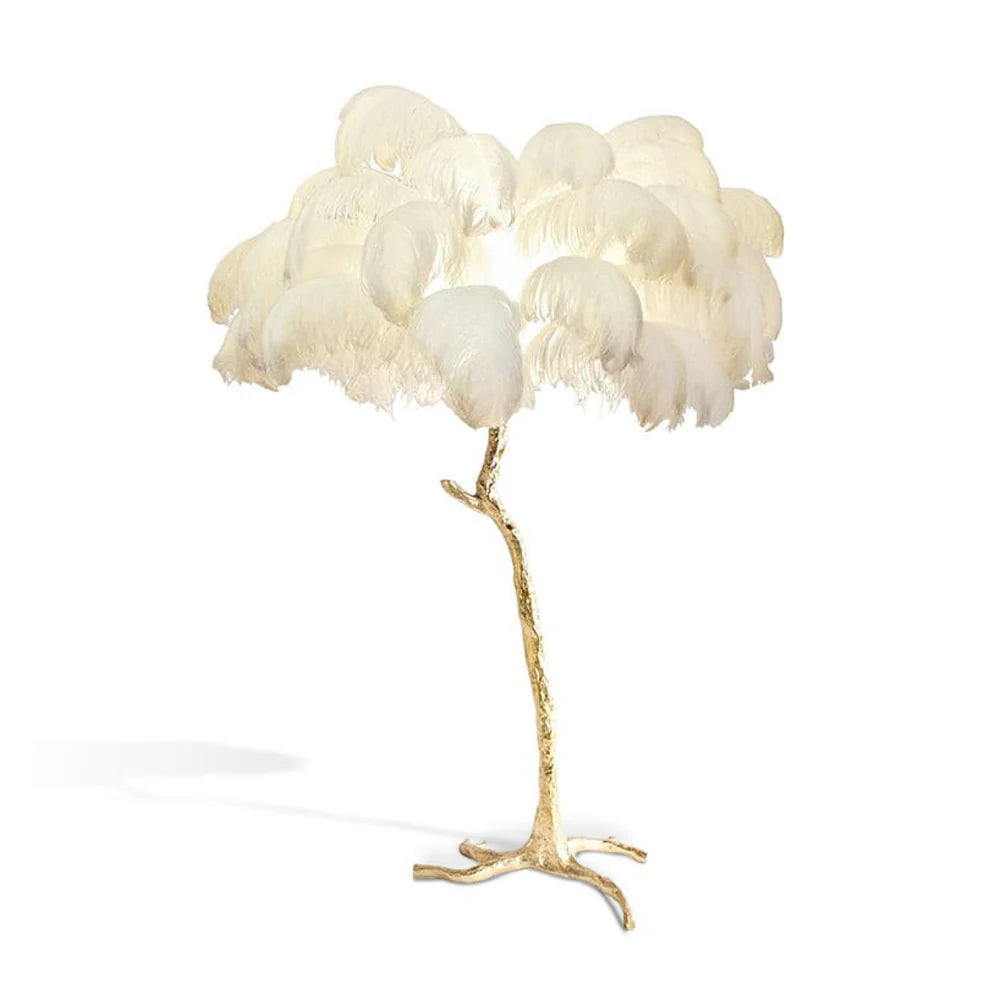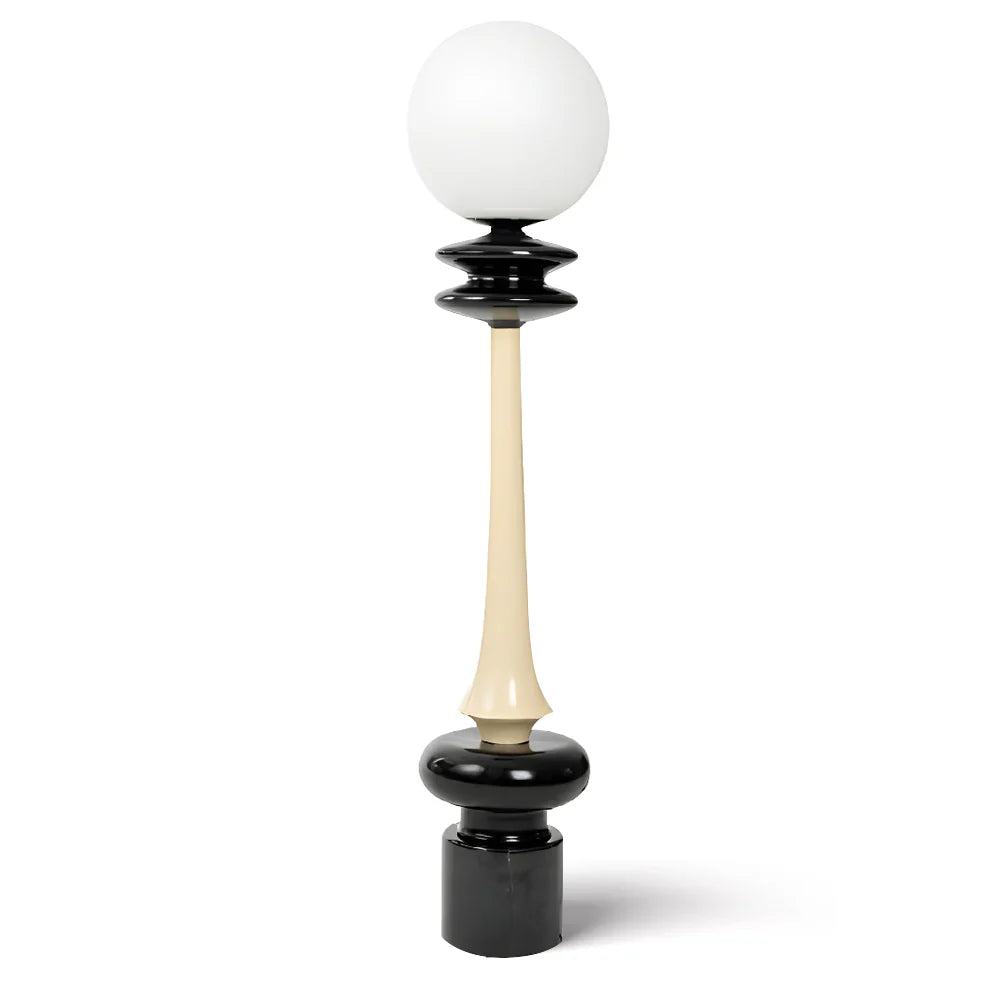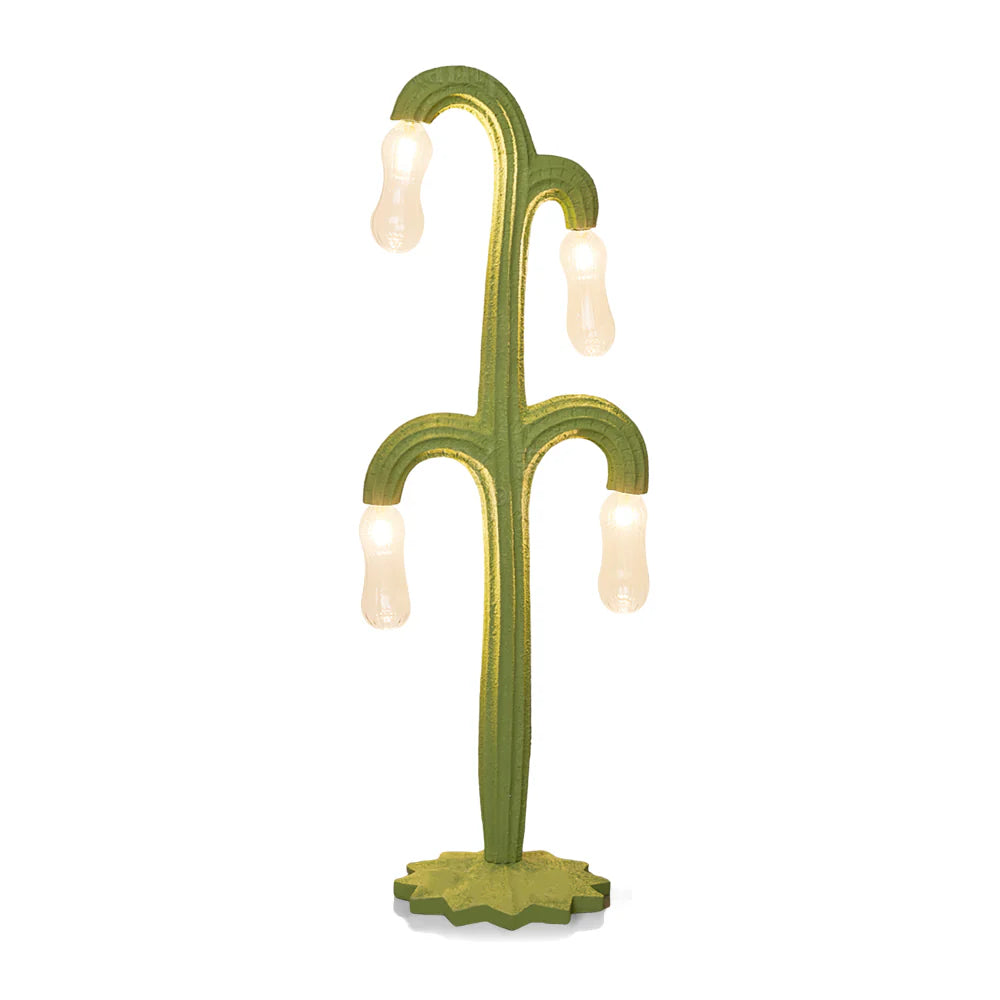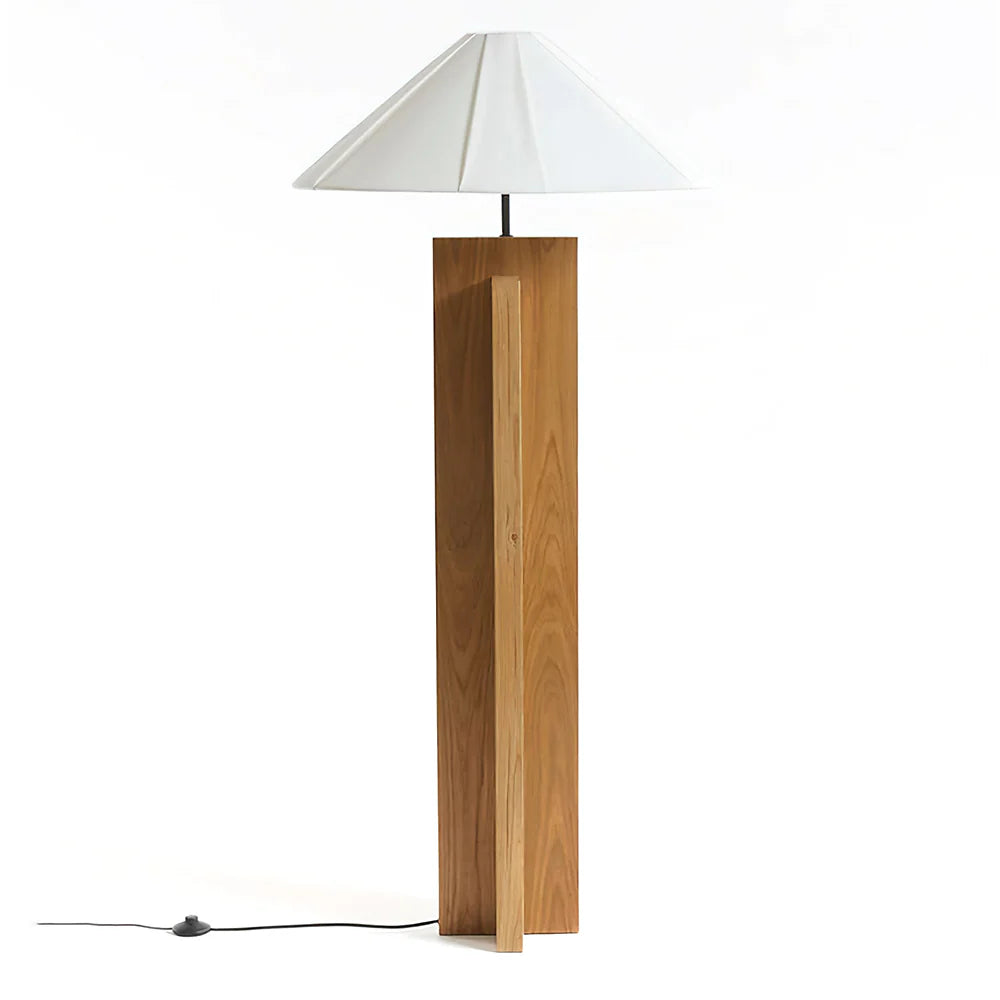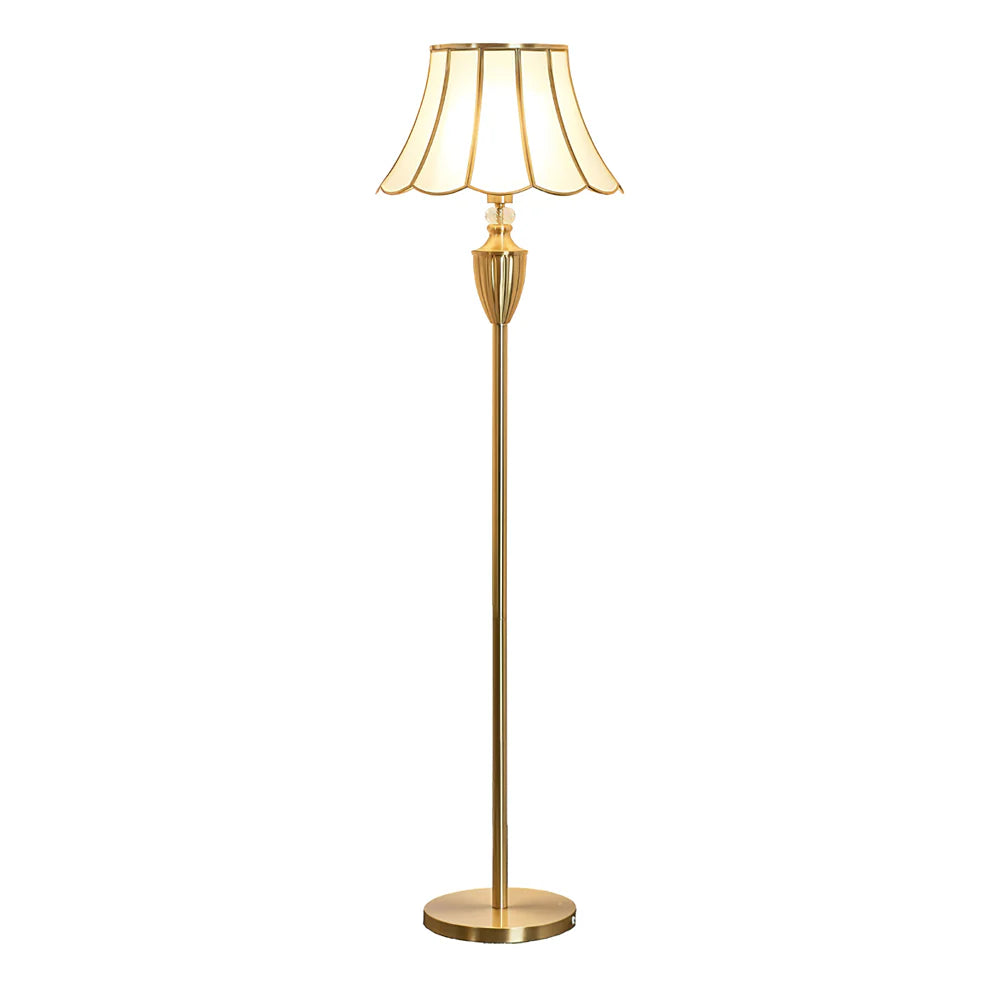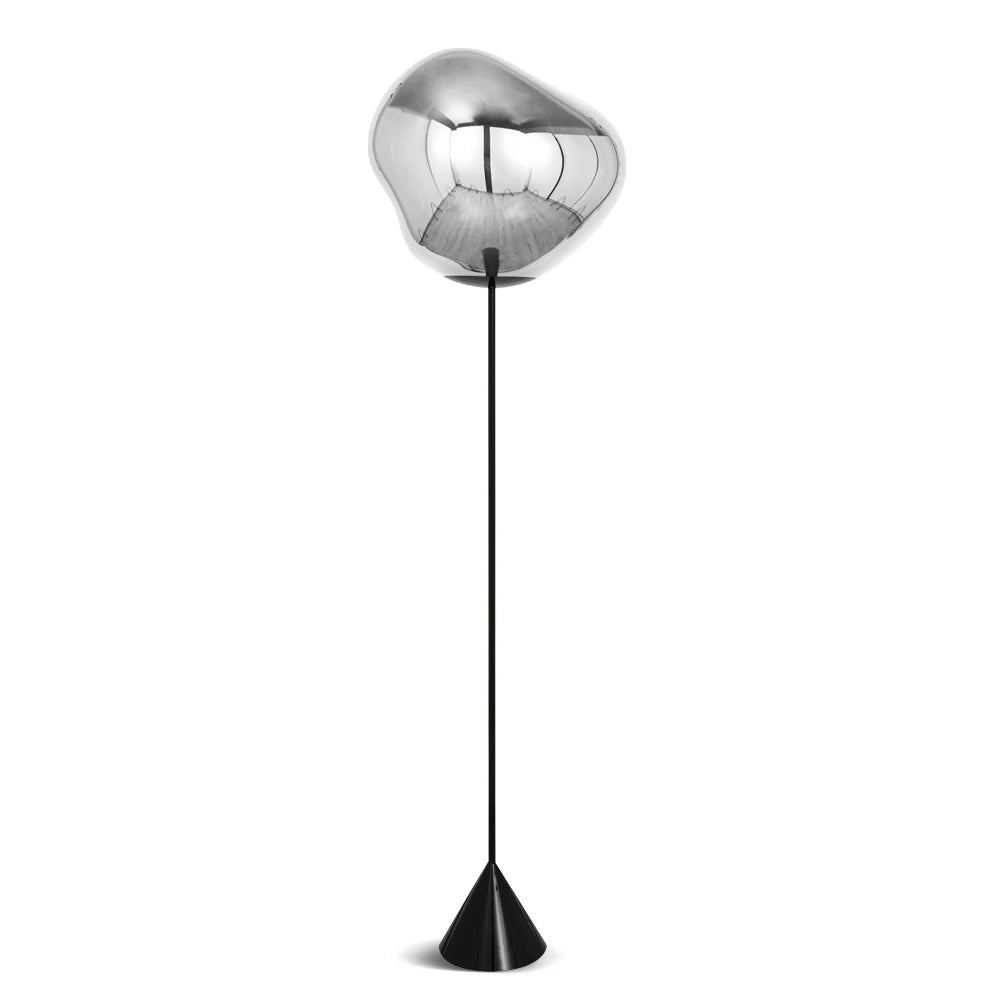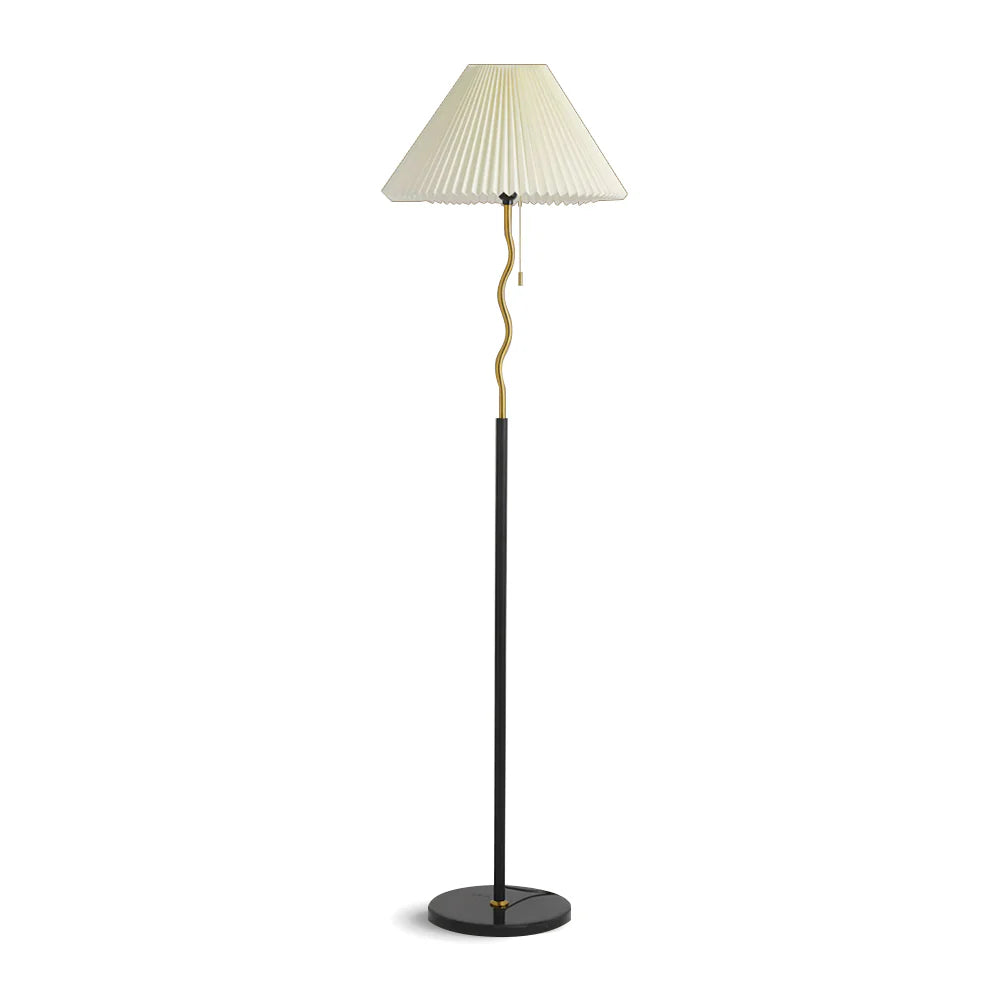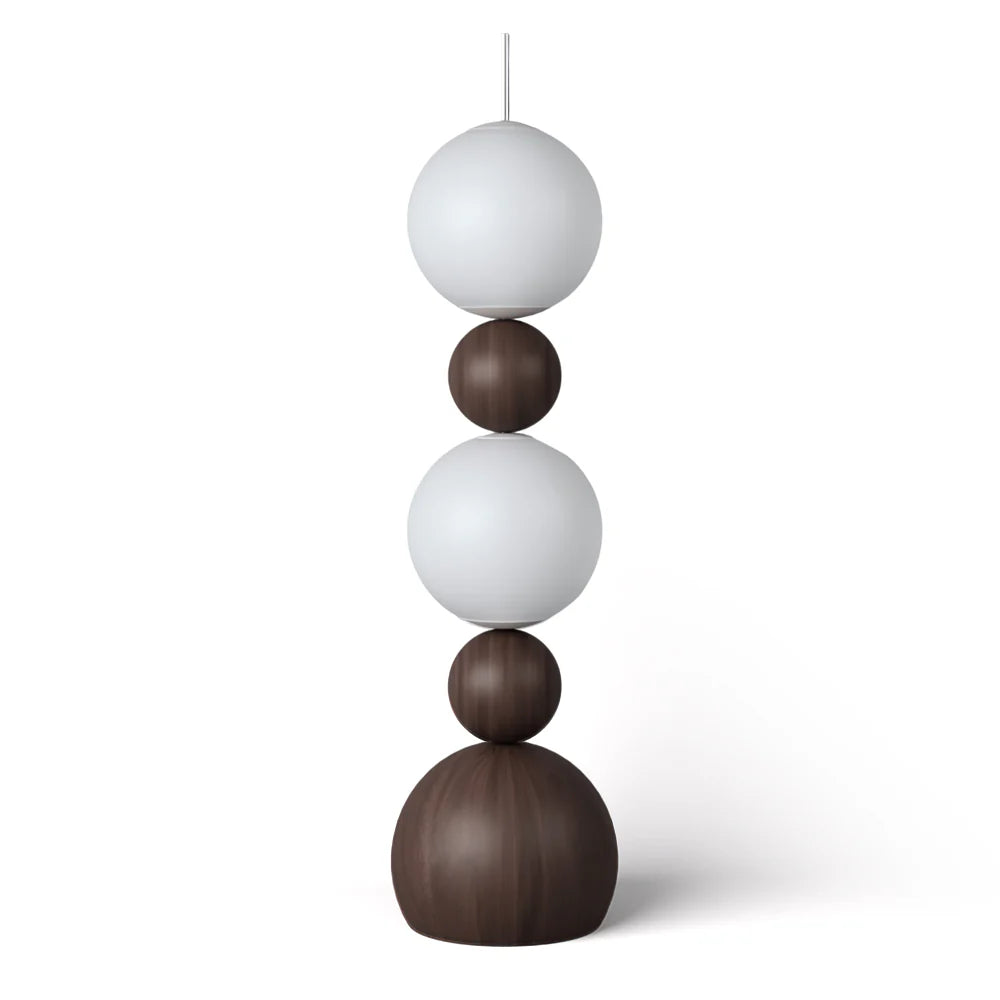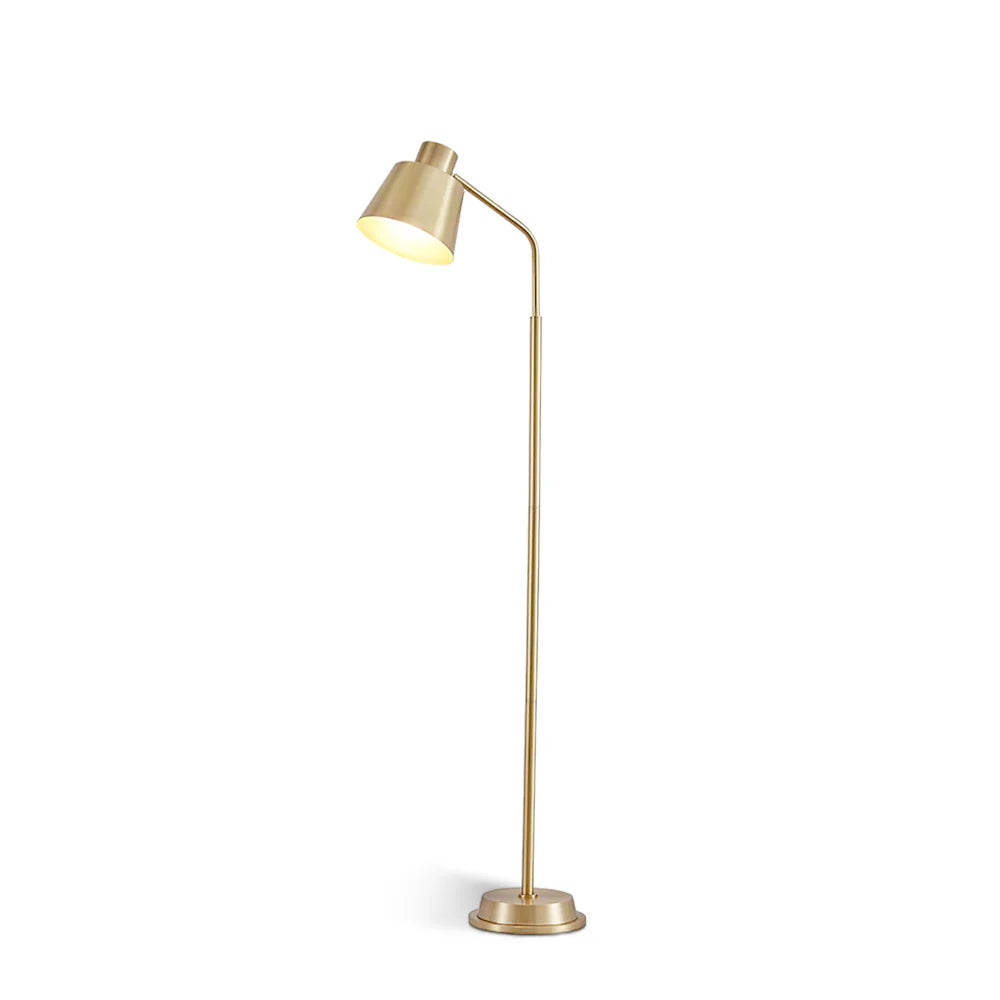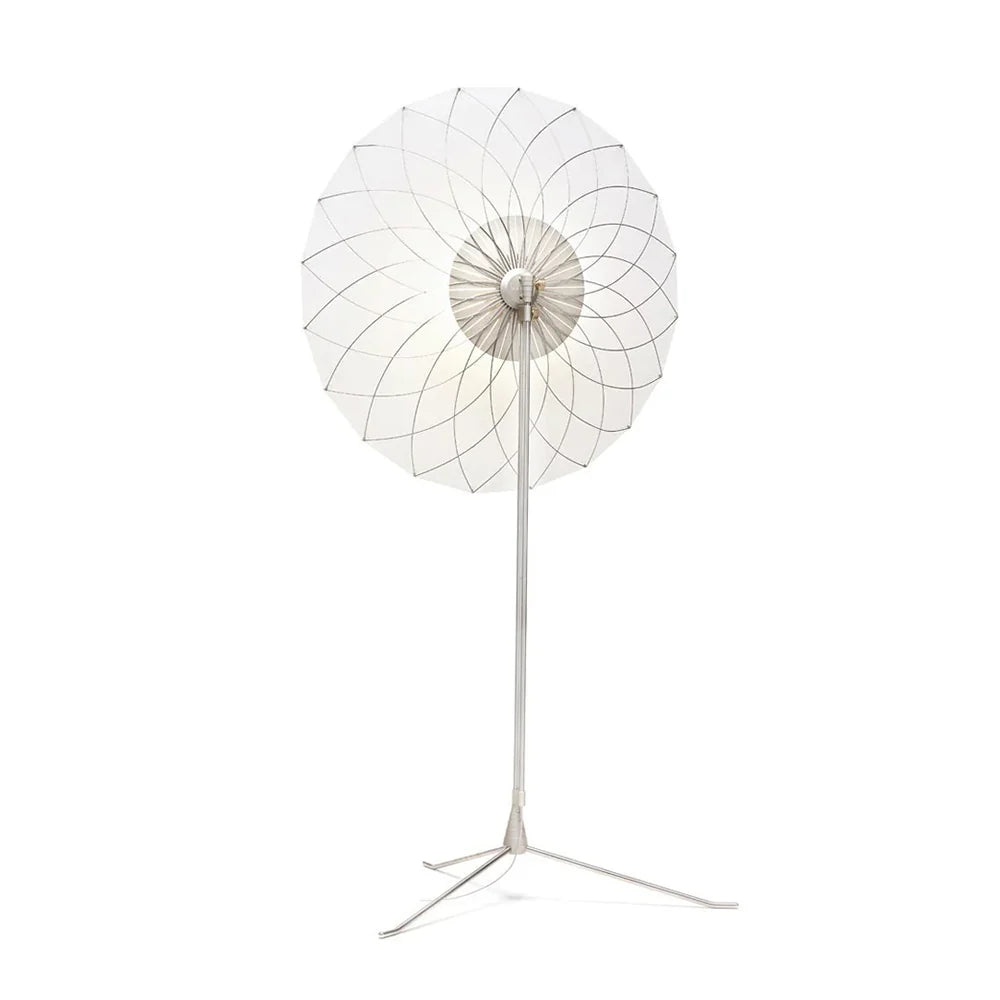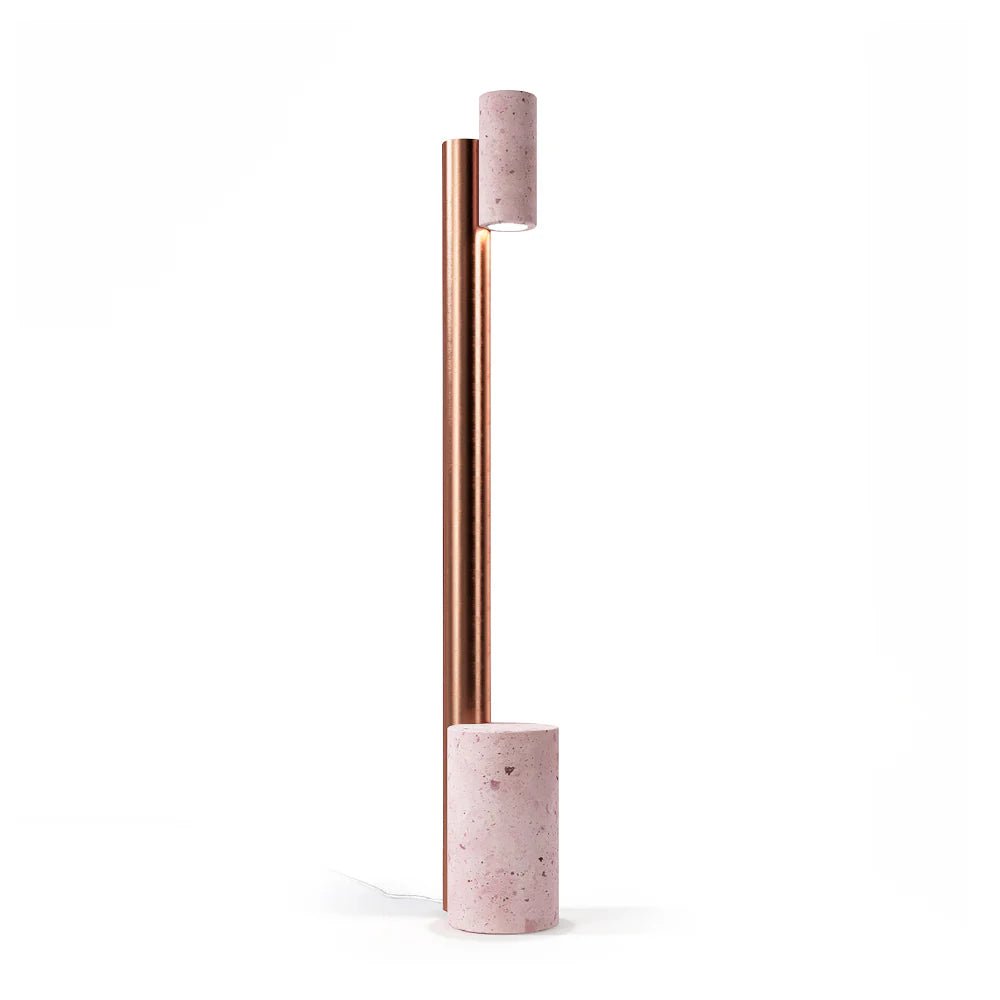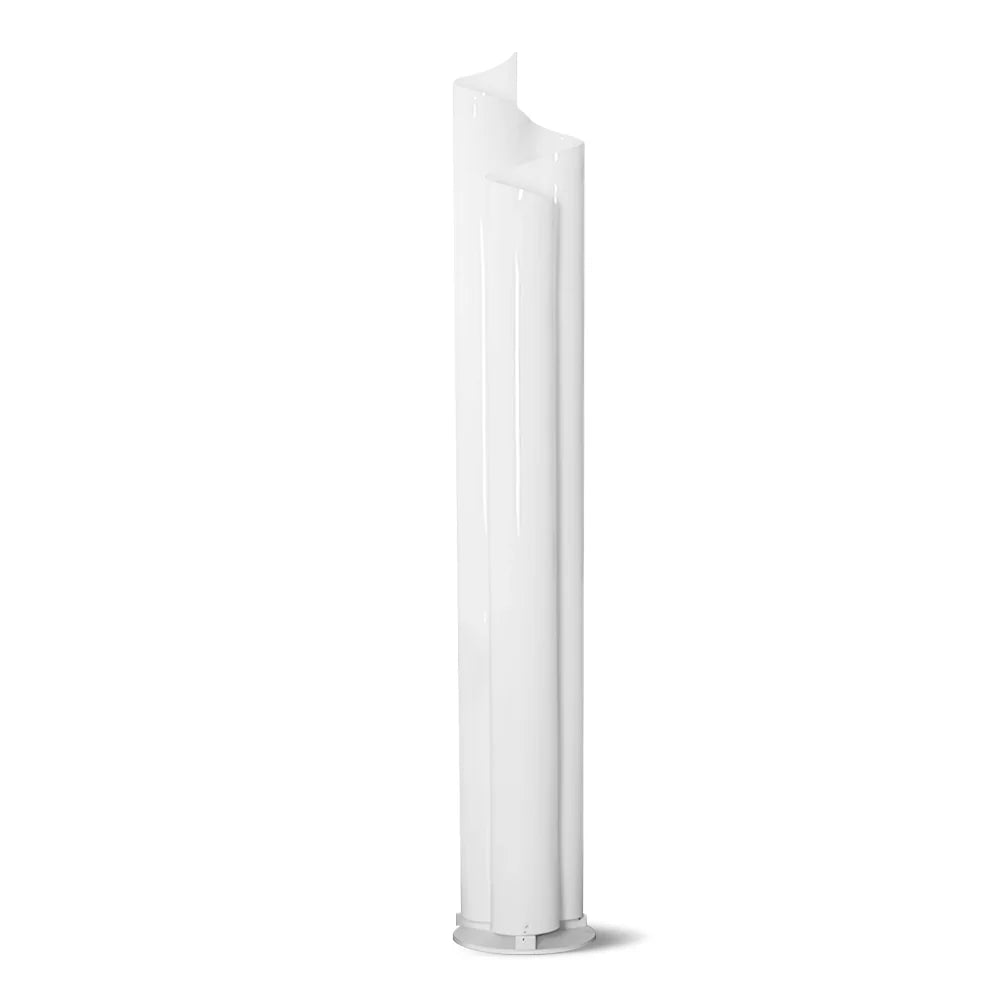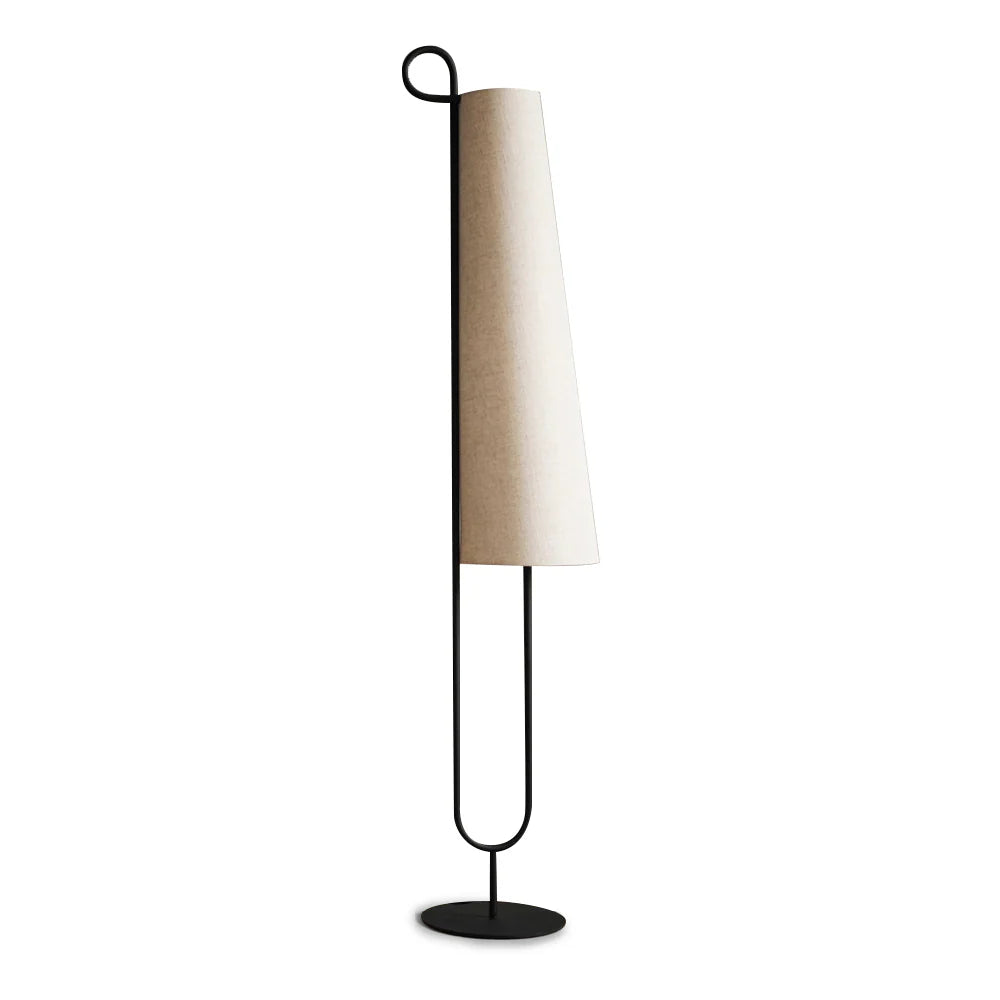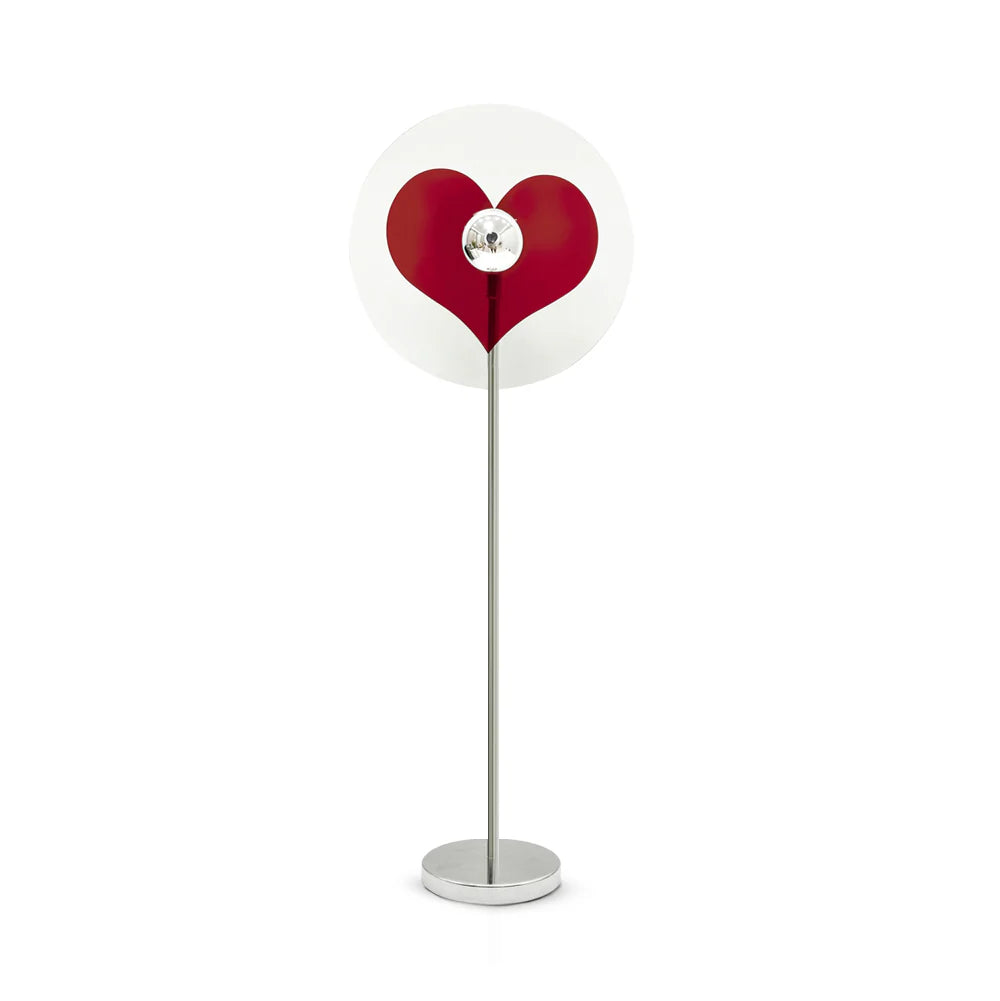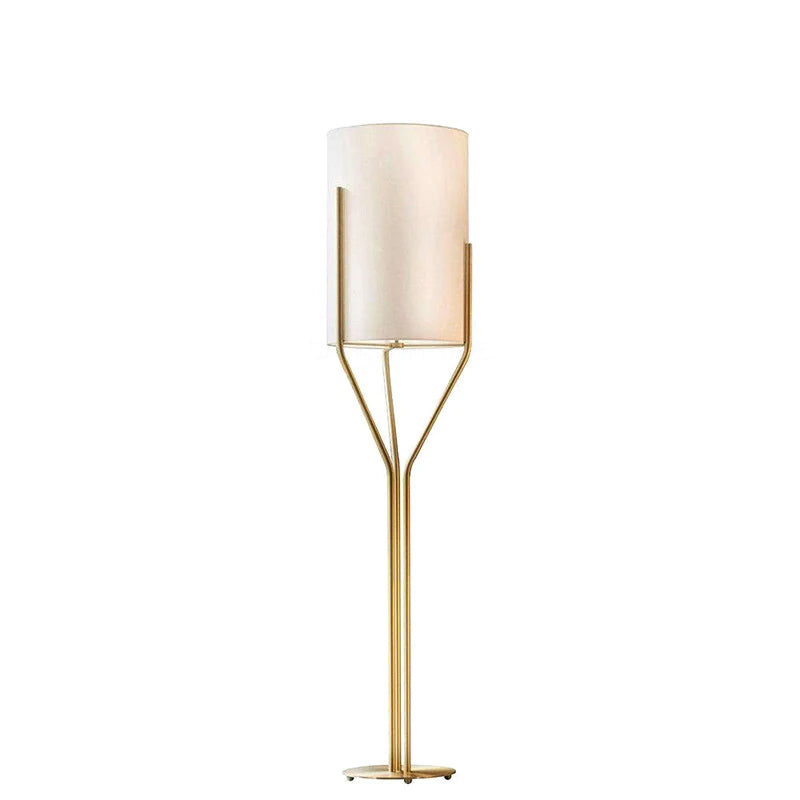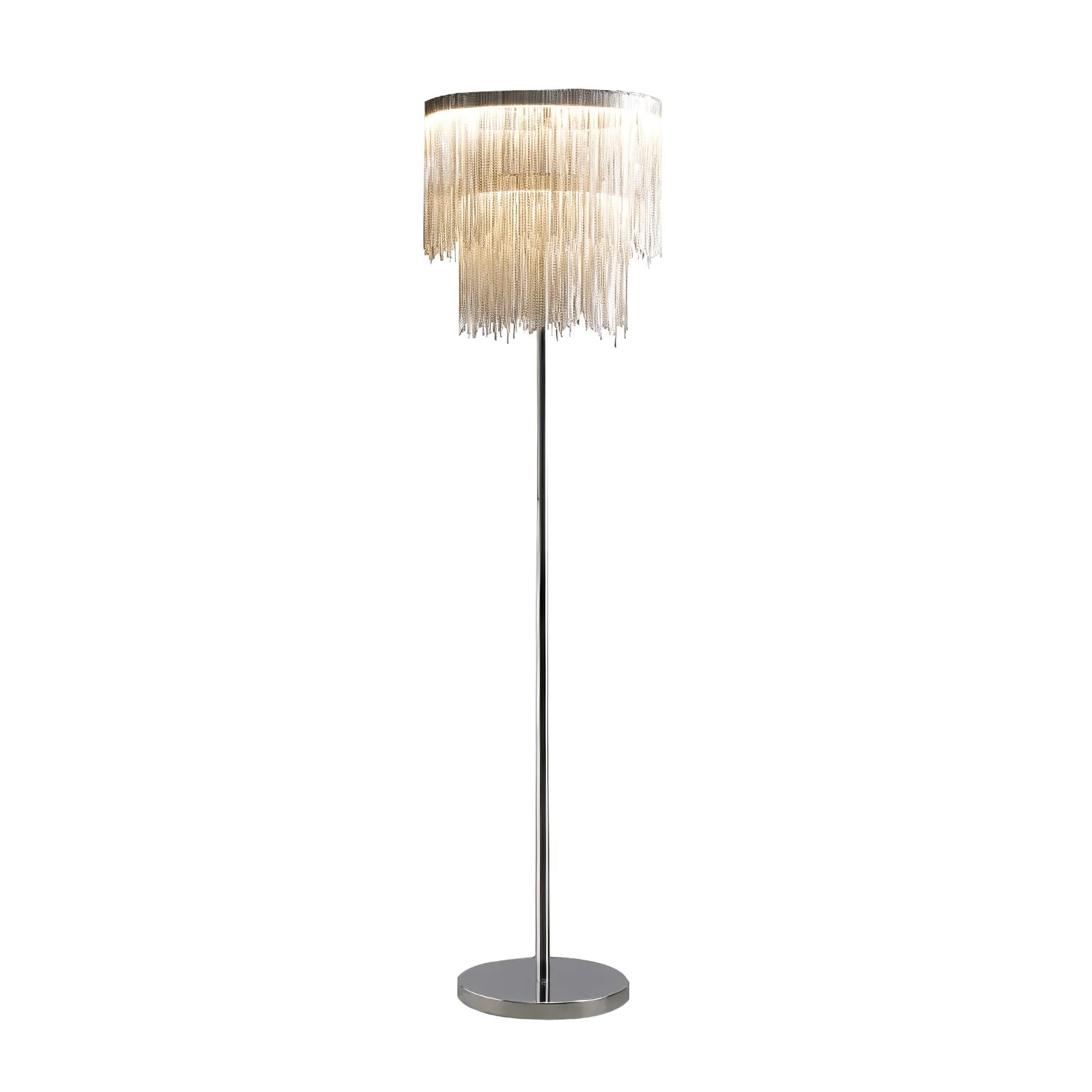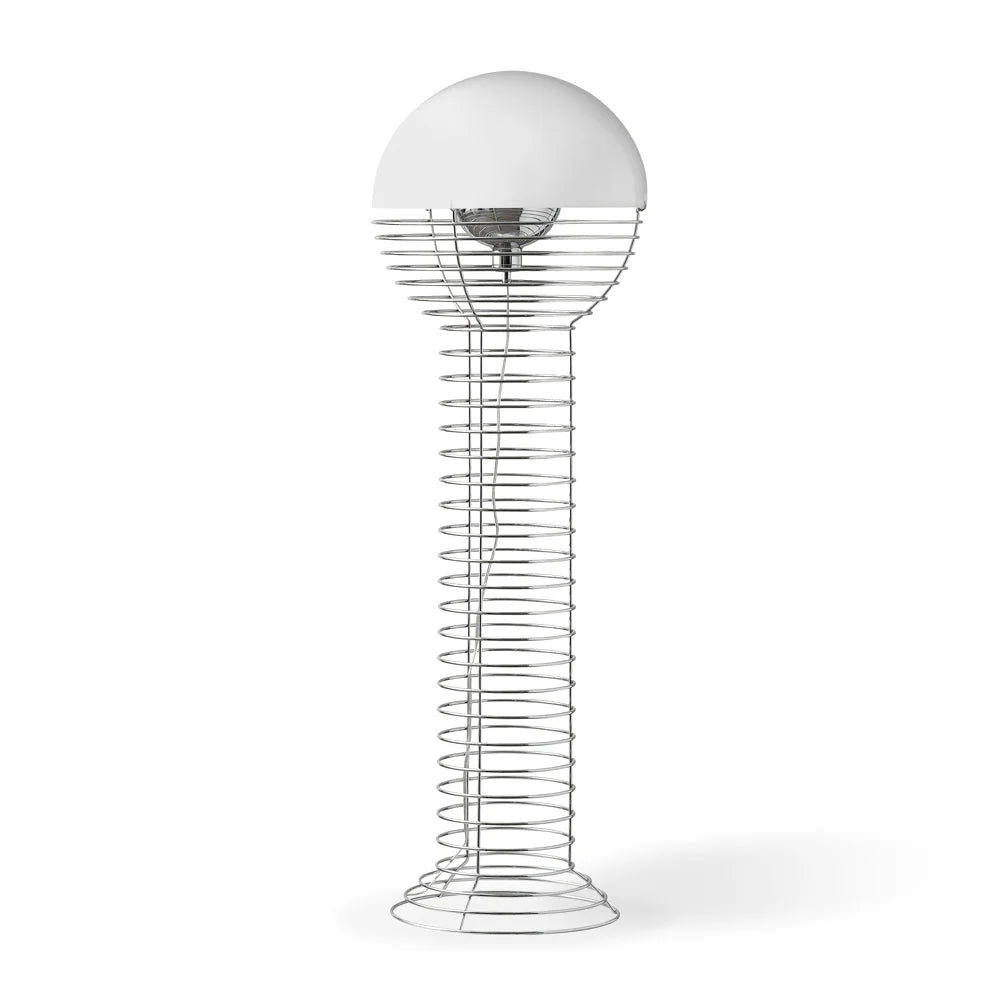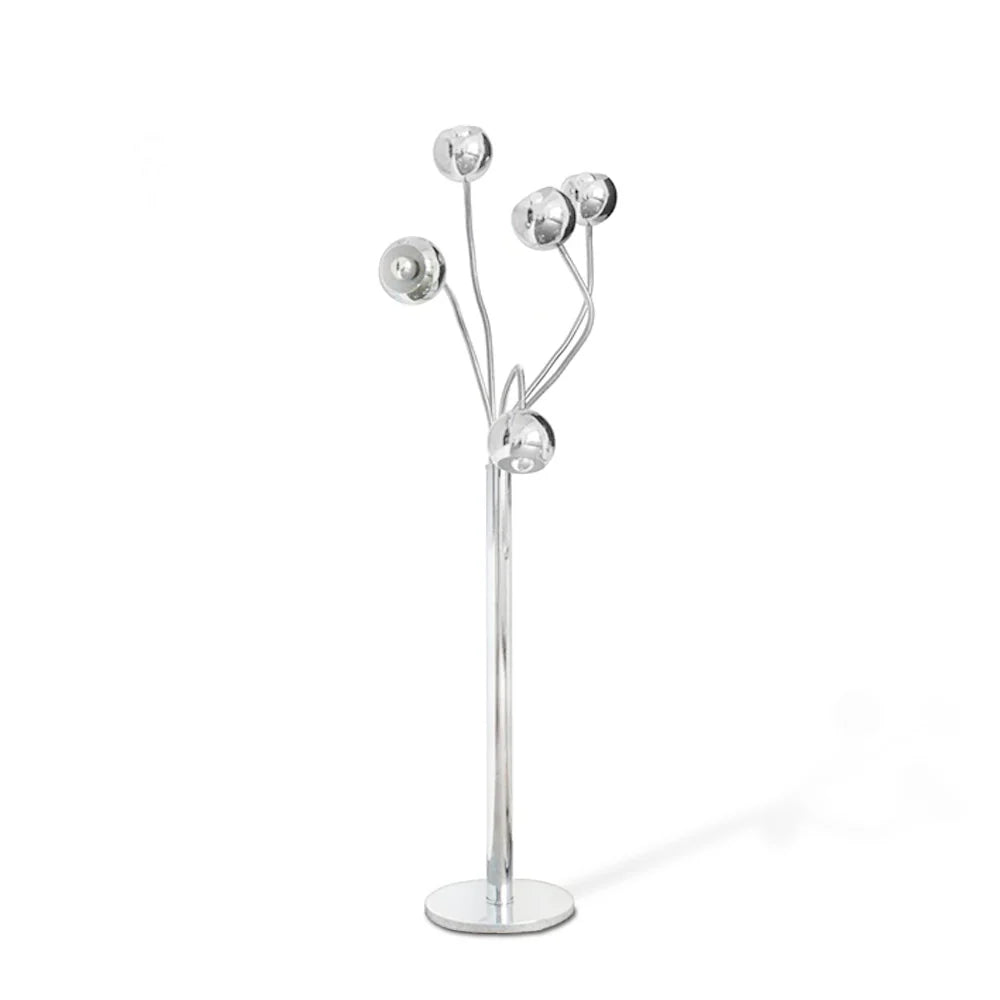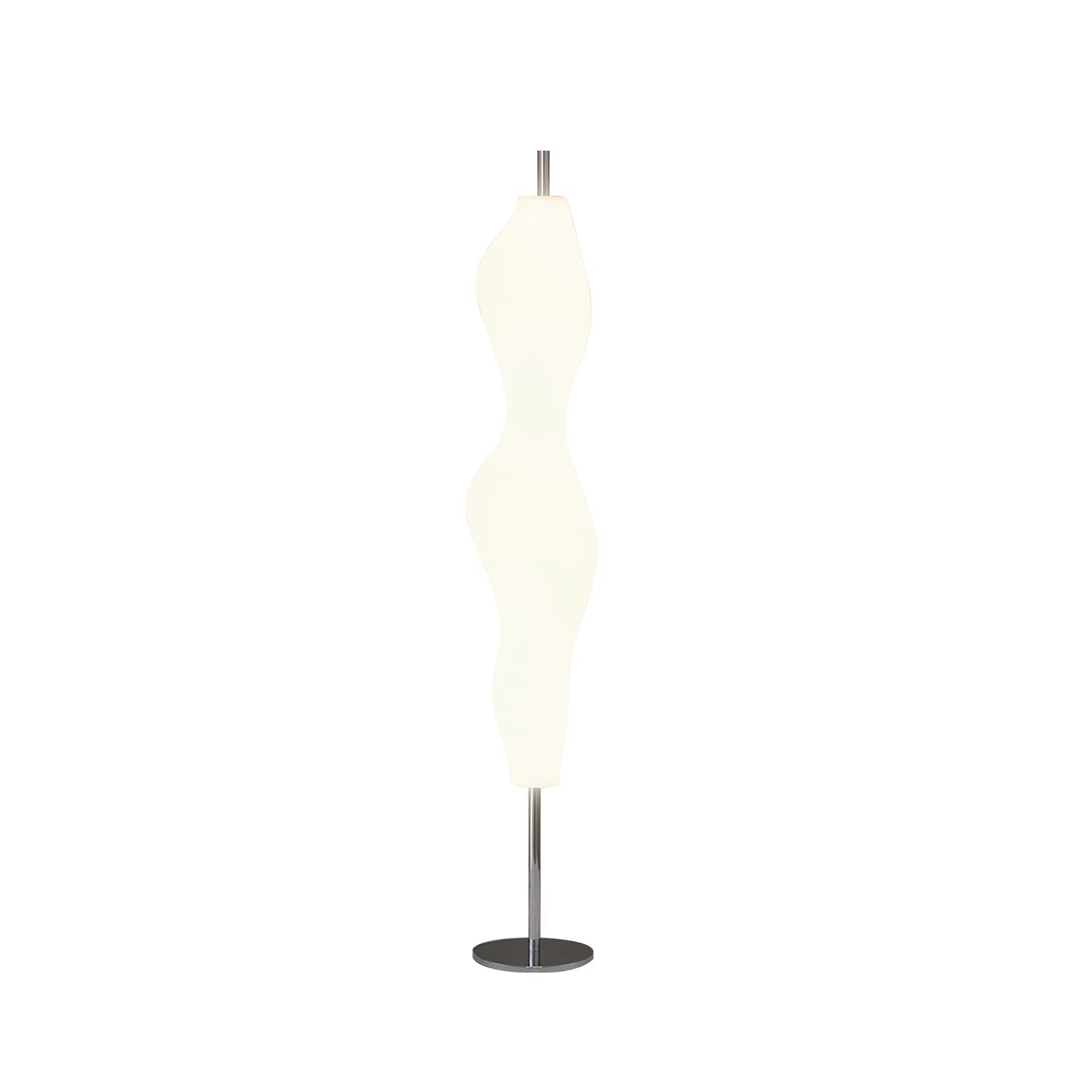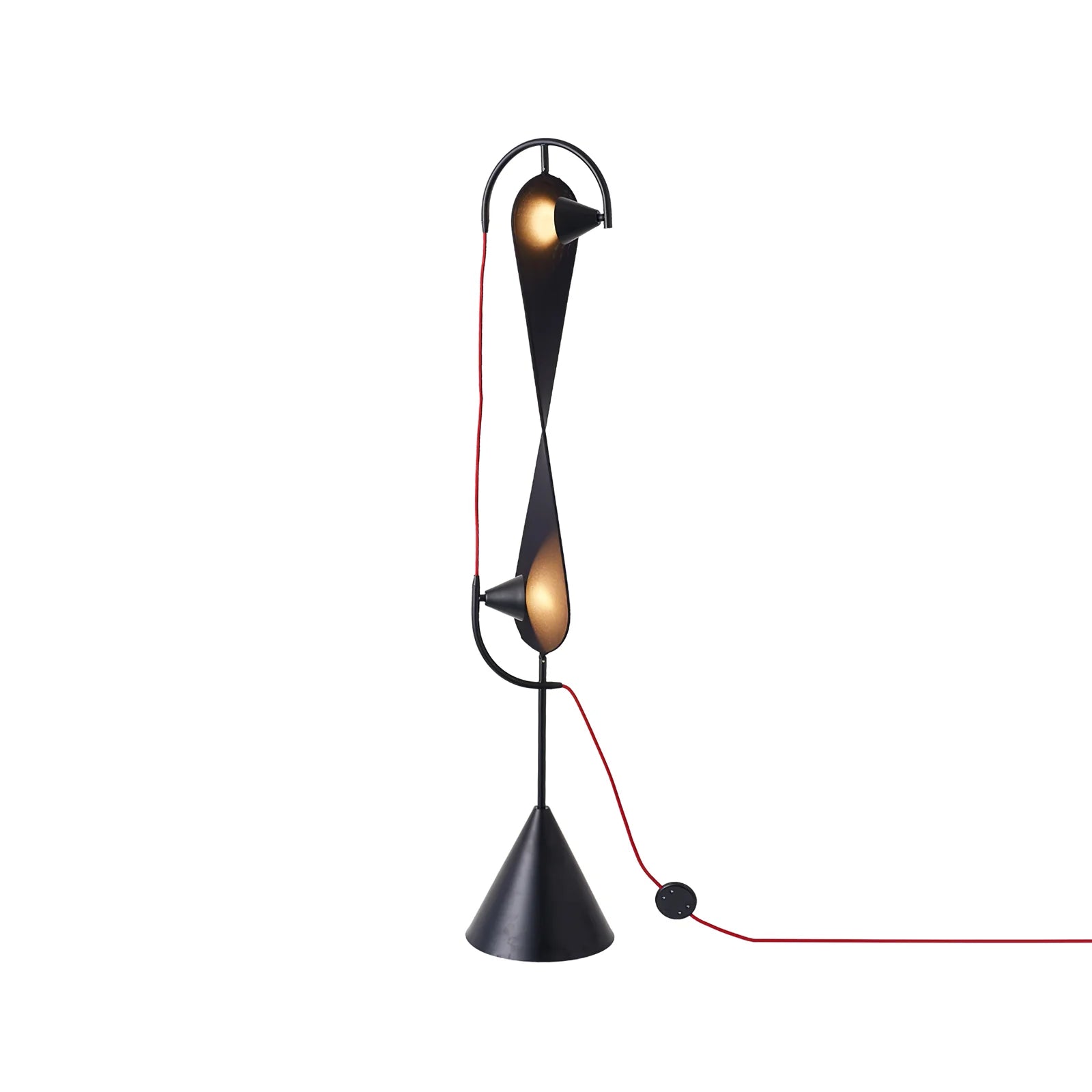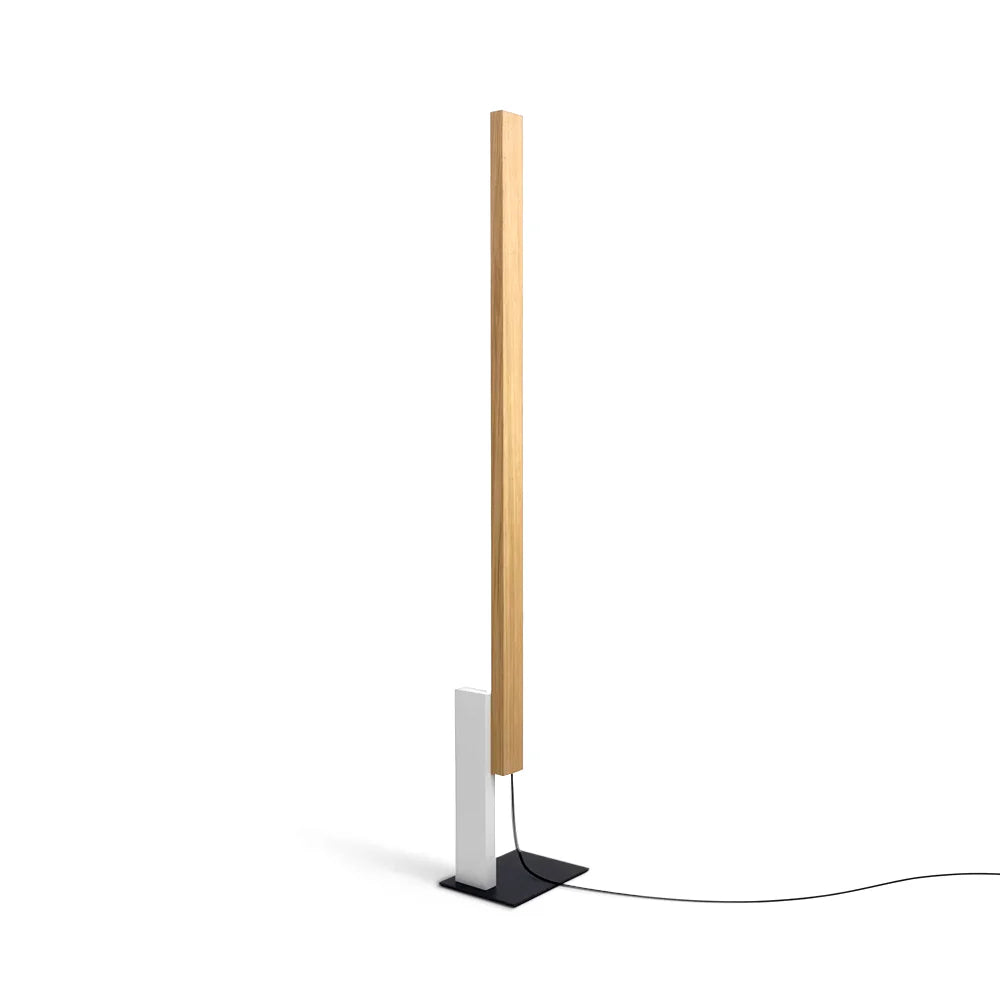
How to Make Your Home More Relaxing: Expert Tips for Creating a Calm Sanctuary

In today’s fast-paced world, our homes should serve as havens of peace and relaxation. Investing time and effort into making your living spaces more calming and stress-free is not just a luxury—it’s a smart strategy to improve mental health, increase productivity, and enhance overall well-being.
Why Prioritize Relaxation at Home?
Creating a relaxing home environment helps to reduce stress and anxiety, promote better sleep, and recharge your energy. When your home feels like a retreat, it supports a balanced lifestyle and provides a sanctuary from the pressures of daily life. This is particularly important as more people work from home or spend extended time indoors. 
Which Rooms Need Relaxation Most?
Certain areas of the home naturally lend themselves to relaxation, but some are more in need of calming features:
-
Bedroom: The most crucial space for rest and rejuvenation, it should encourage deep, restorative sleep.
-
Living Room: Often the hub for unwinding, it benefits from cozy, soothing design elements.
-
Home Office: With work-related stress, this area should balance focus and relaxation to prevent burnout.
-
Bathroom: A spa-like bathroom can be a powerful oasis for self-care and mental reset.

Detailed Ways to Make Your Home More Relaxing
Here are expert tips to transform your home into a calming retreat:
-
Thoughtful Home Decor:
Use soft, neutral color palettes such as muted blues, greens, and earth tones that promote calm. Incorporate natural textures like wood, stone, and linen to add warmth and comfort. -
Smart Home Features:
Install smart lighting systems that allow you to adjust brightness and color temperature throughout the day to match your natural circadian rhythm. Automated blinds and white noise machines can also help control light and sound for optimal relaxation. -
Furniture Placement:
Arrange furniture to encourage easy flow and create intimate seating areas that foster conversation or quiet reflection. Avoid clutter and keep pathways open to reduce stress visually and physically. -
Aromatherapy:
Essential oils like lavender, chamomile, and eucalyptus can be diffused to create a soothing atmosphere. Scented candles and incense also enhance the sensory experience of relaxation. -
Electronics Management:
Designate tech-free zones or times to minimize overstimulation. When electronics are used, ensure screens are positioned to reduce eye strain, and consider blue-light filters in the evenings. -
Nature Elements:
Incorporate houseplants or small indoor gardens to bring nature inside. Plants not only purify air but also have a calming psychological effect. -
Soft Textiles:
Use plush rugs, throws, and cushions to add tactile comfort that invites relaxation. -
Personal Touches:
Display meaningful artwork, photographs, or keepsakes that evoke positive memories and feelings.
Additional Tips
-
Declutter regularly to maintain a peaceful environment.
-
Incorporate mindfulness or meditation spaces in your home.
-
Use soundproofing materials or noise-canceling headphones if noise is a concern.


